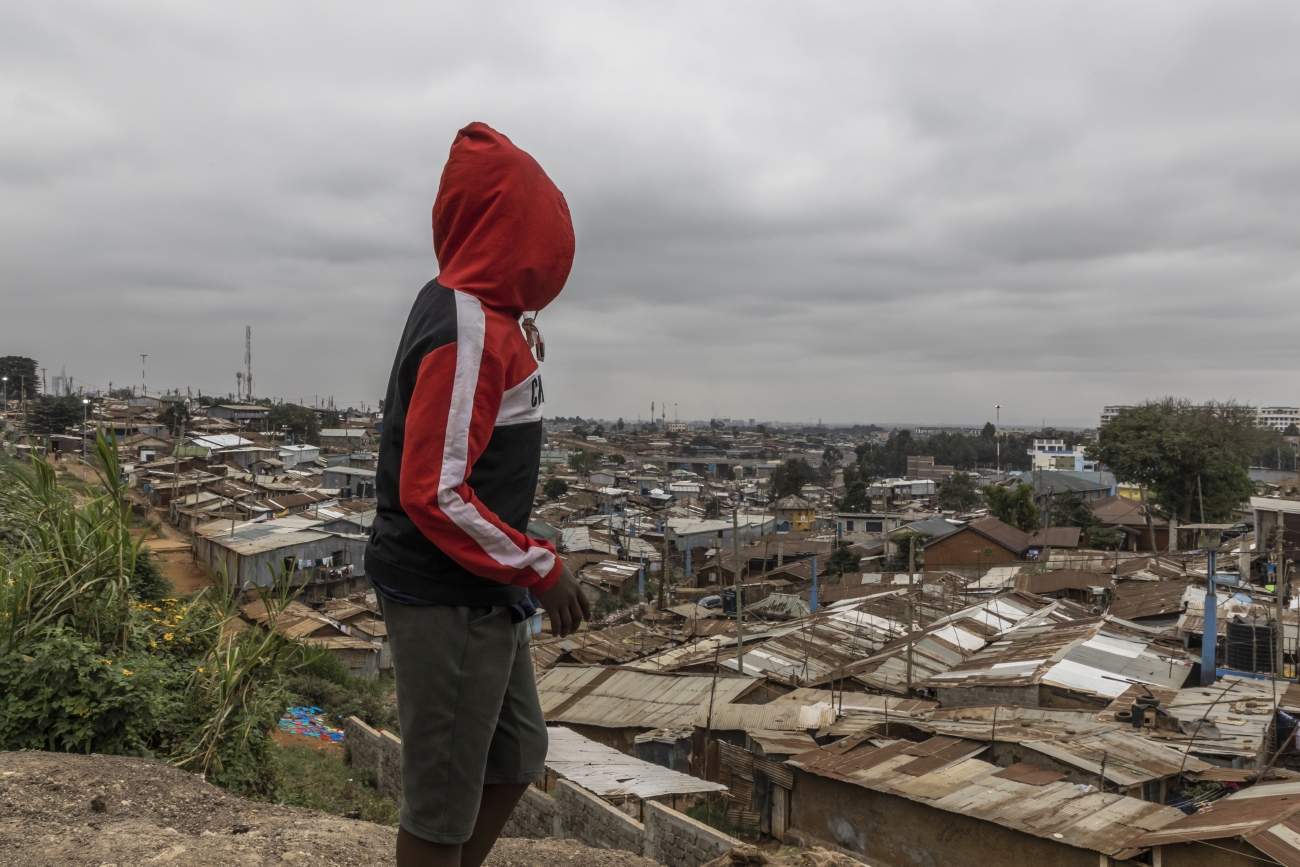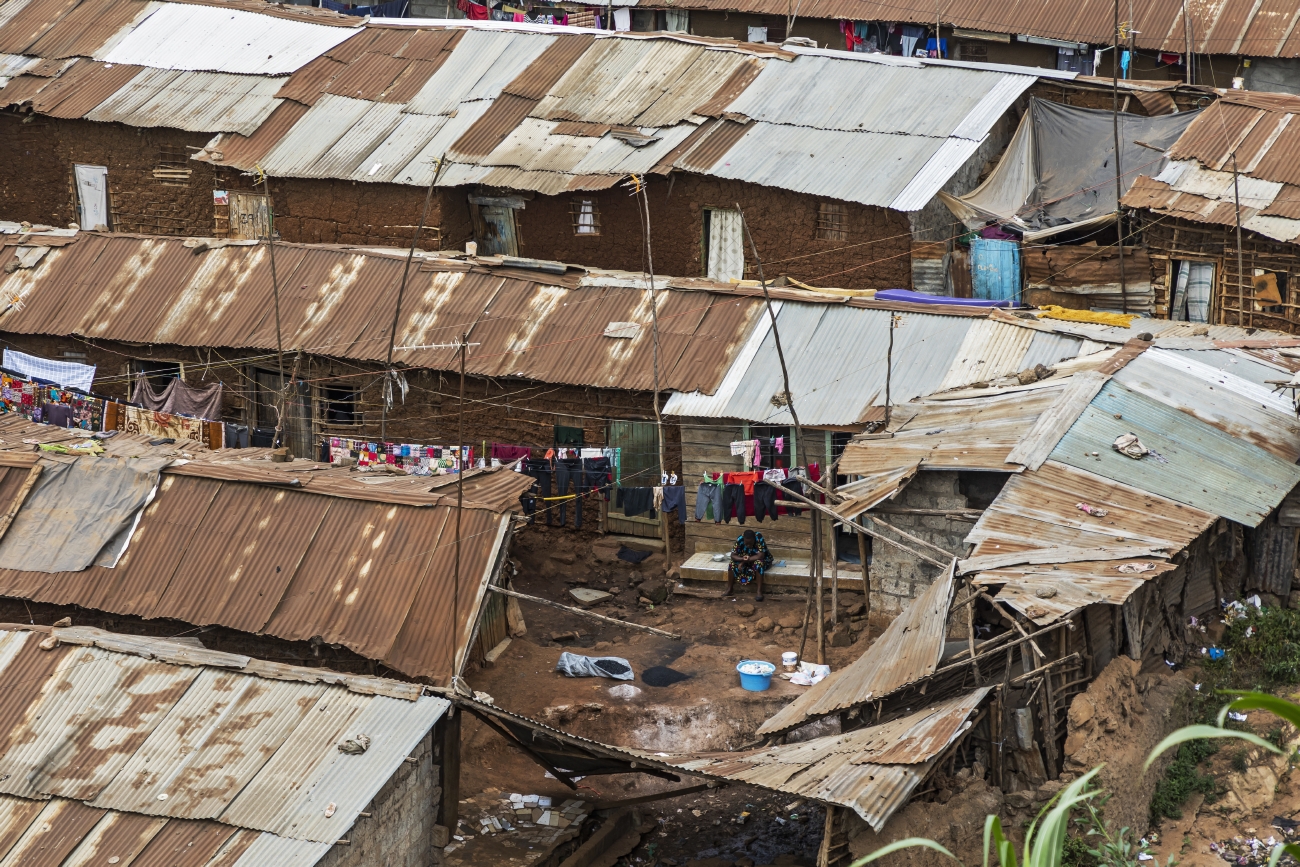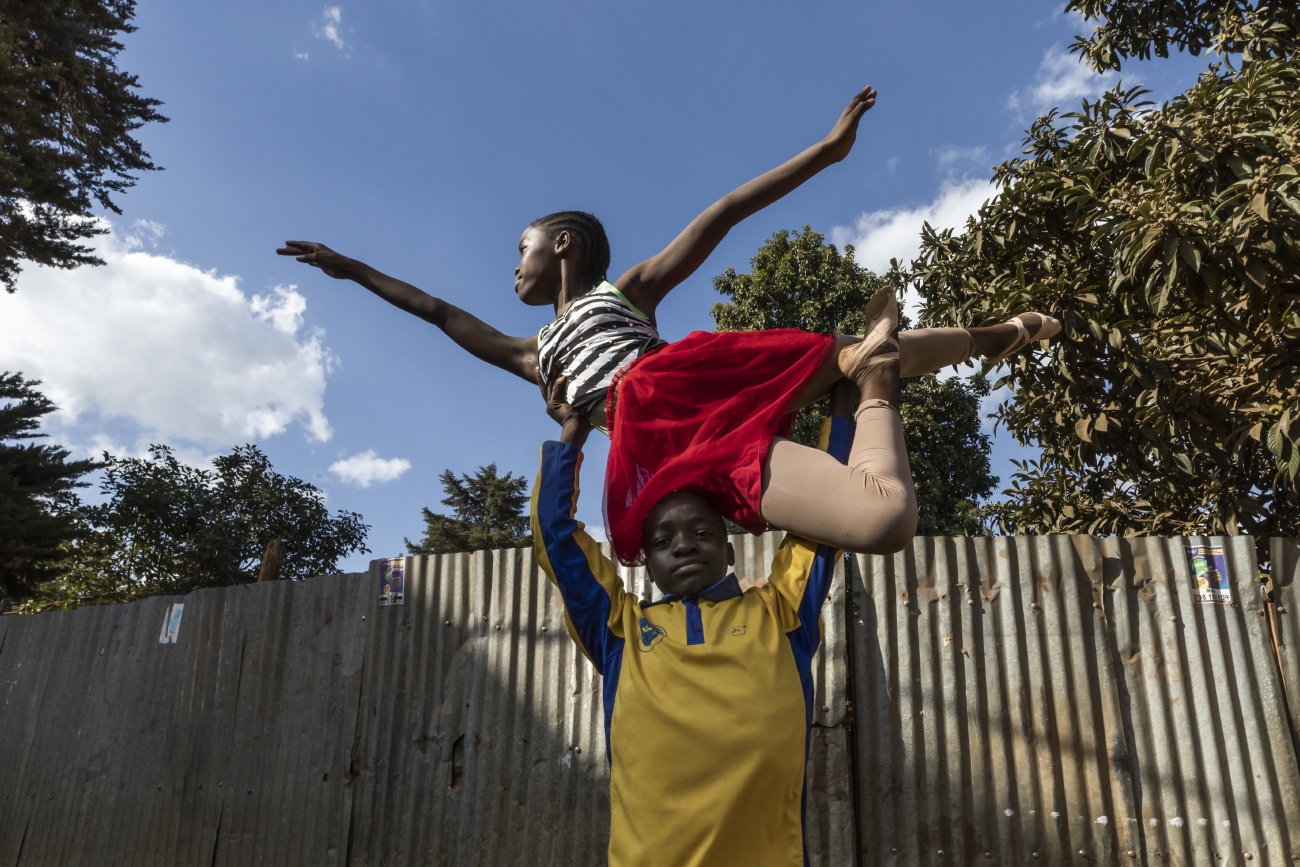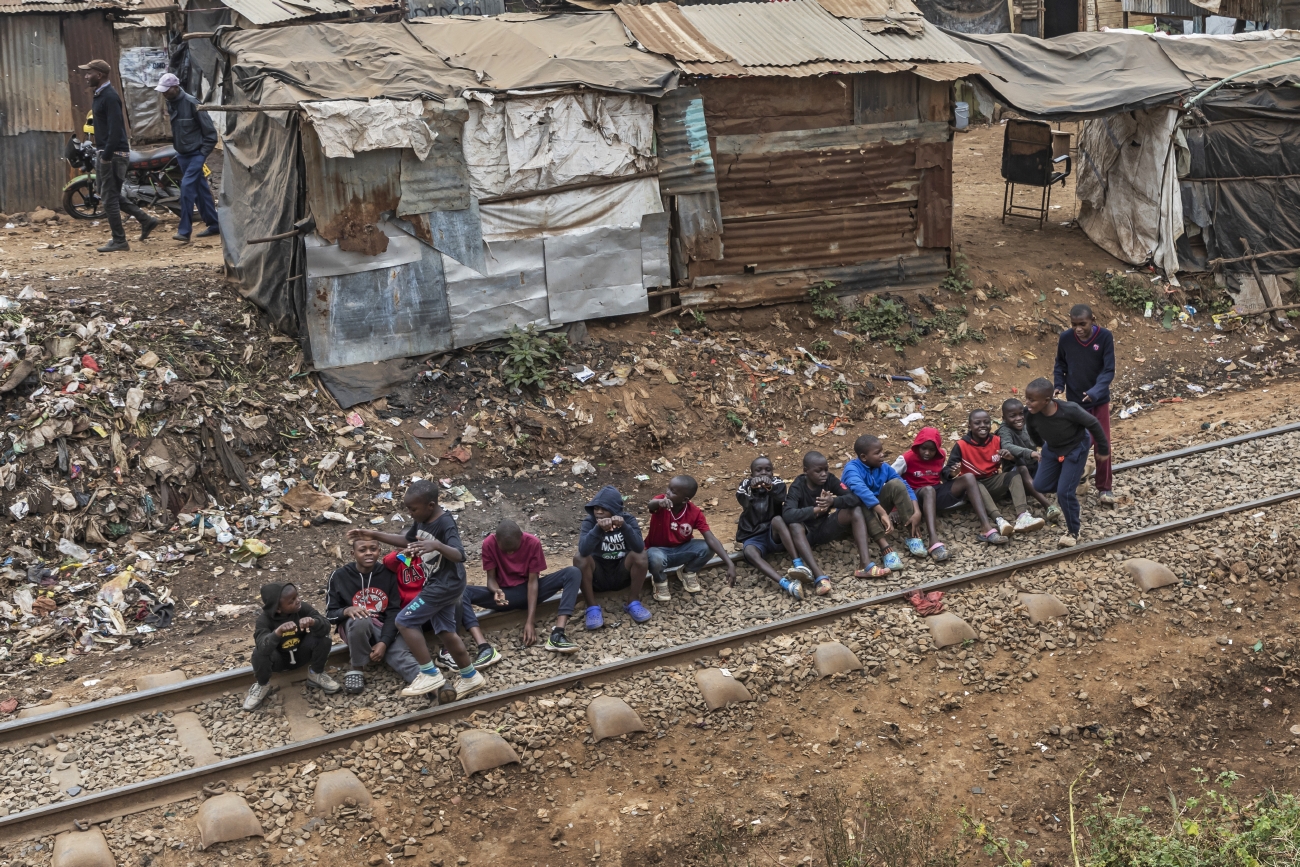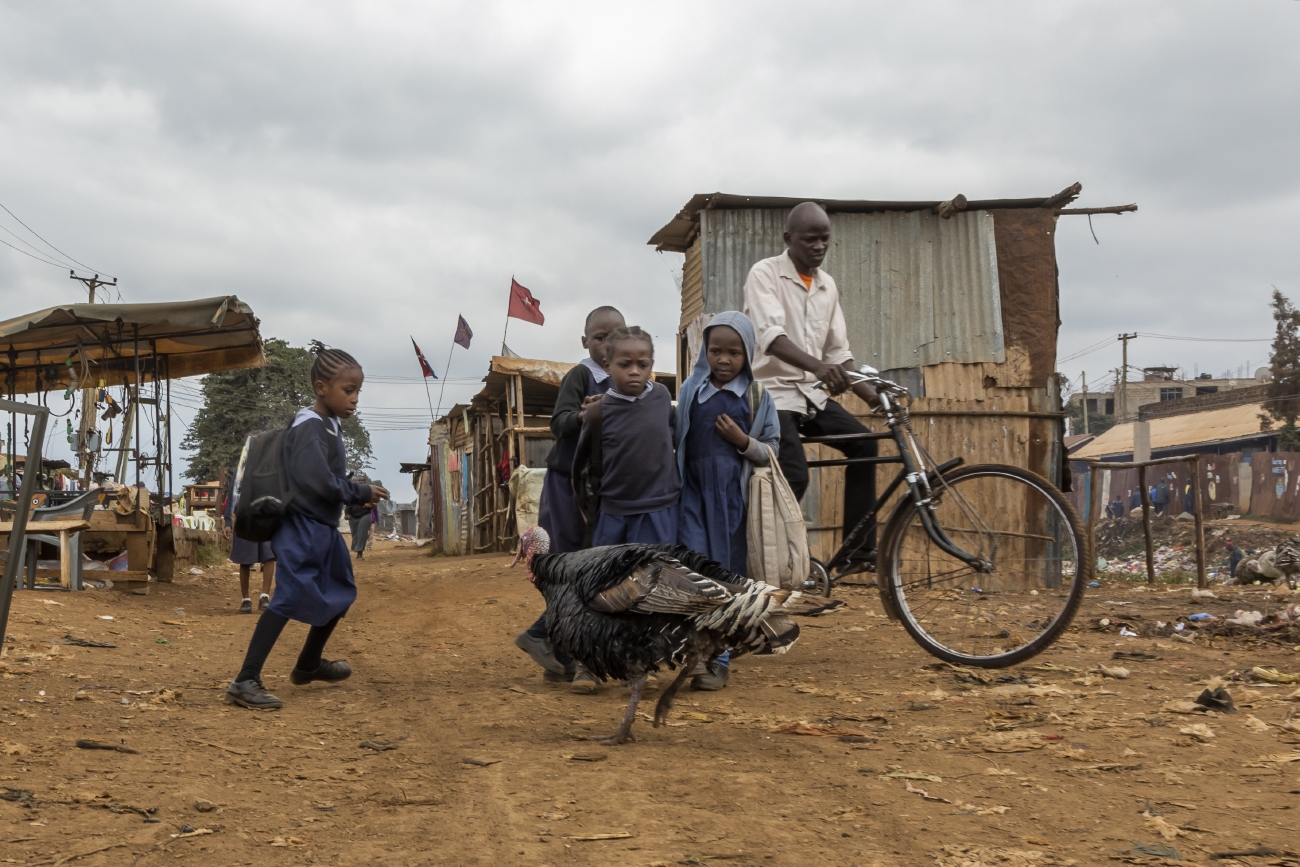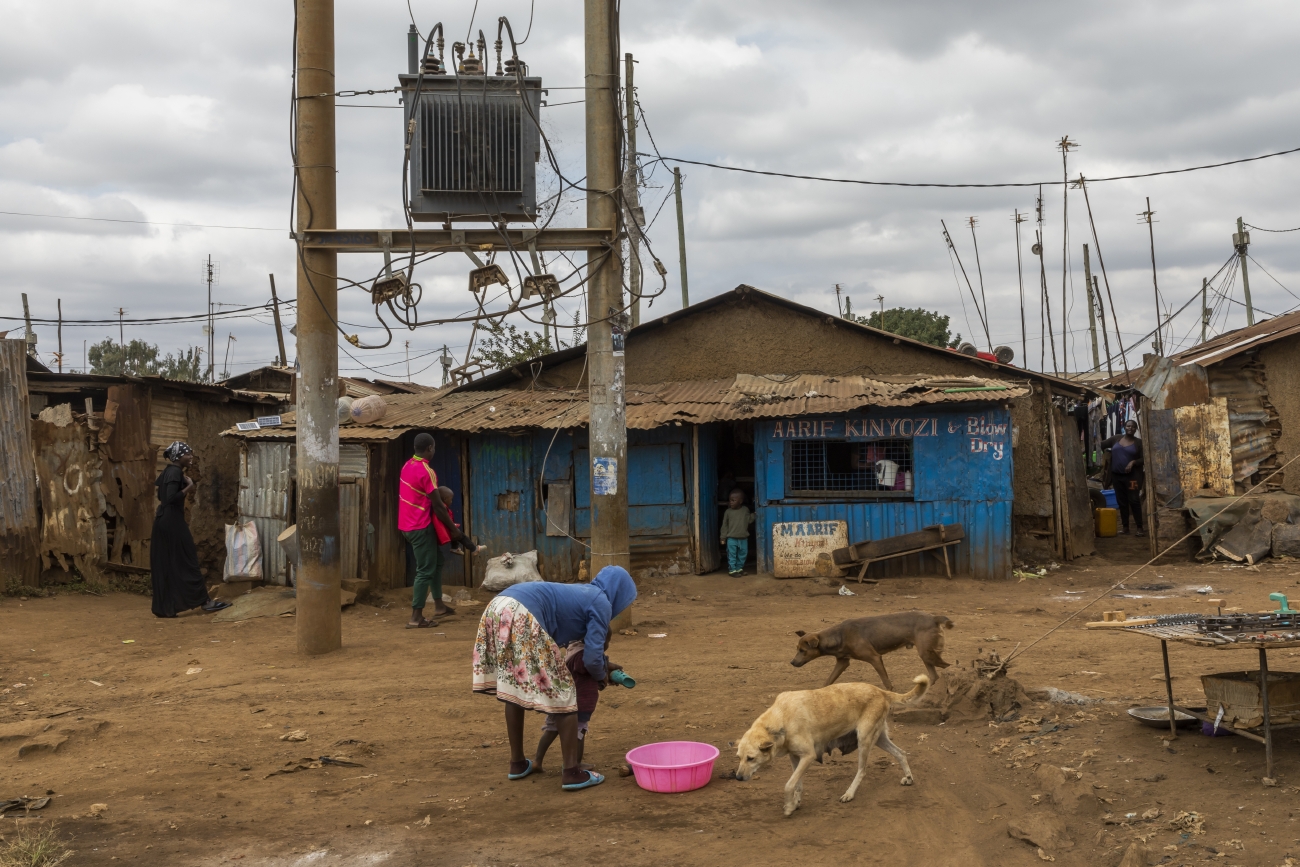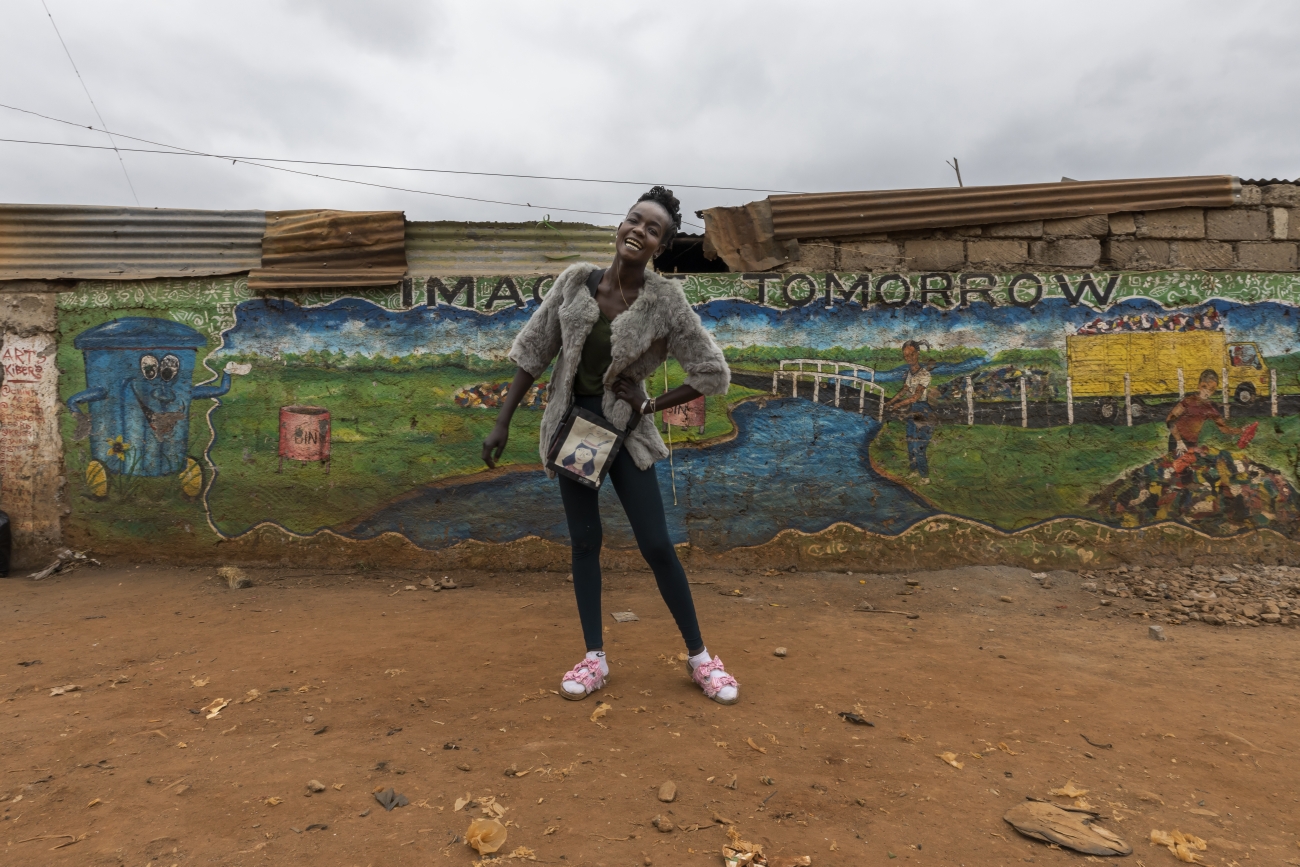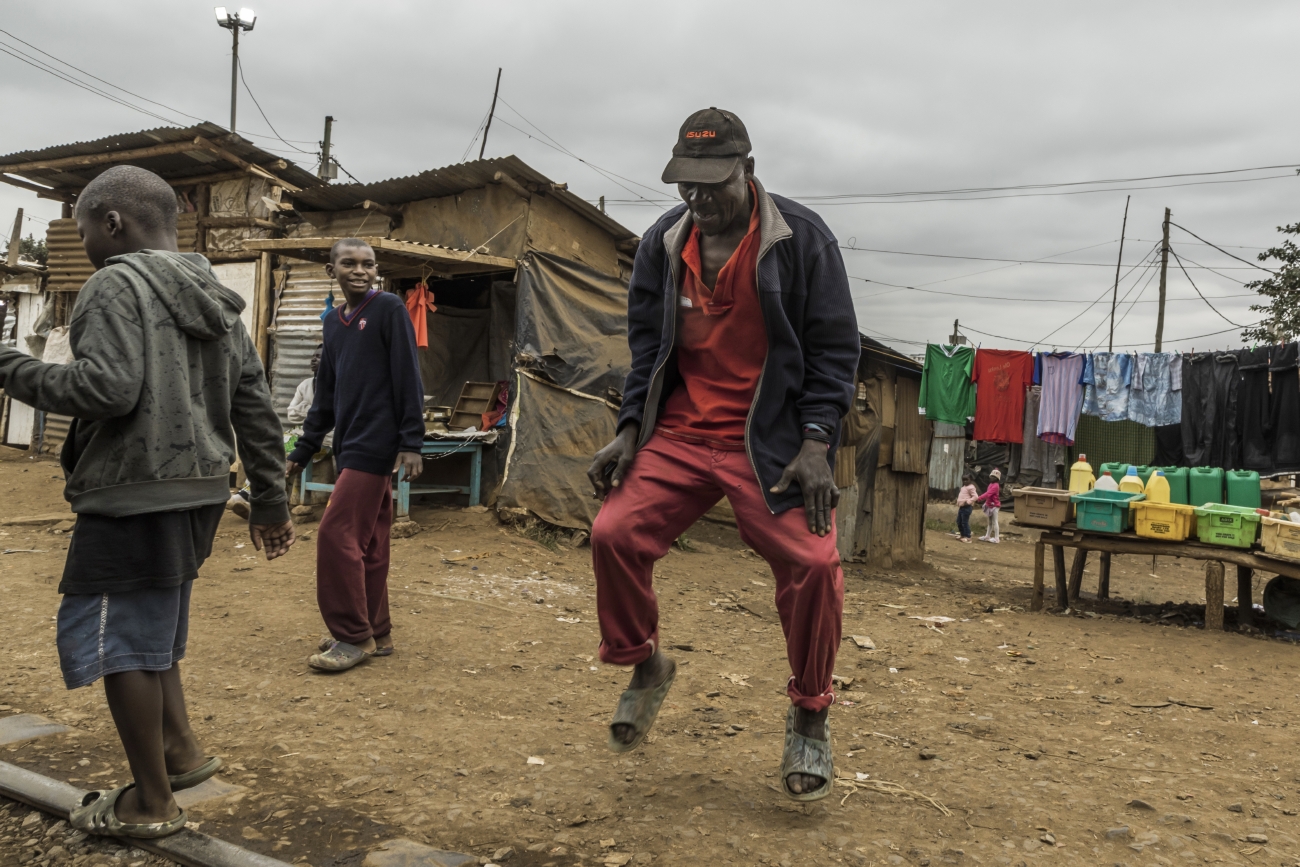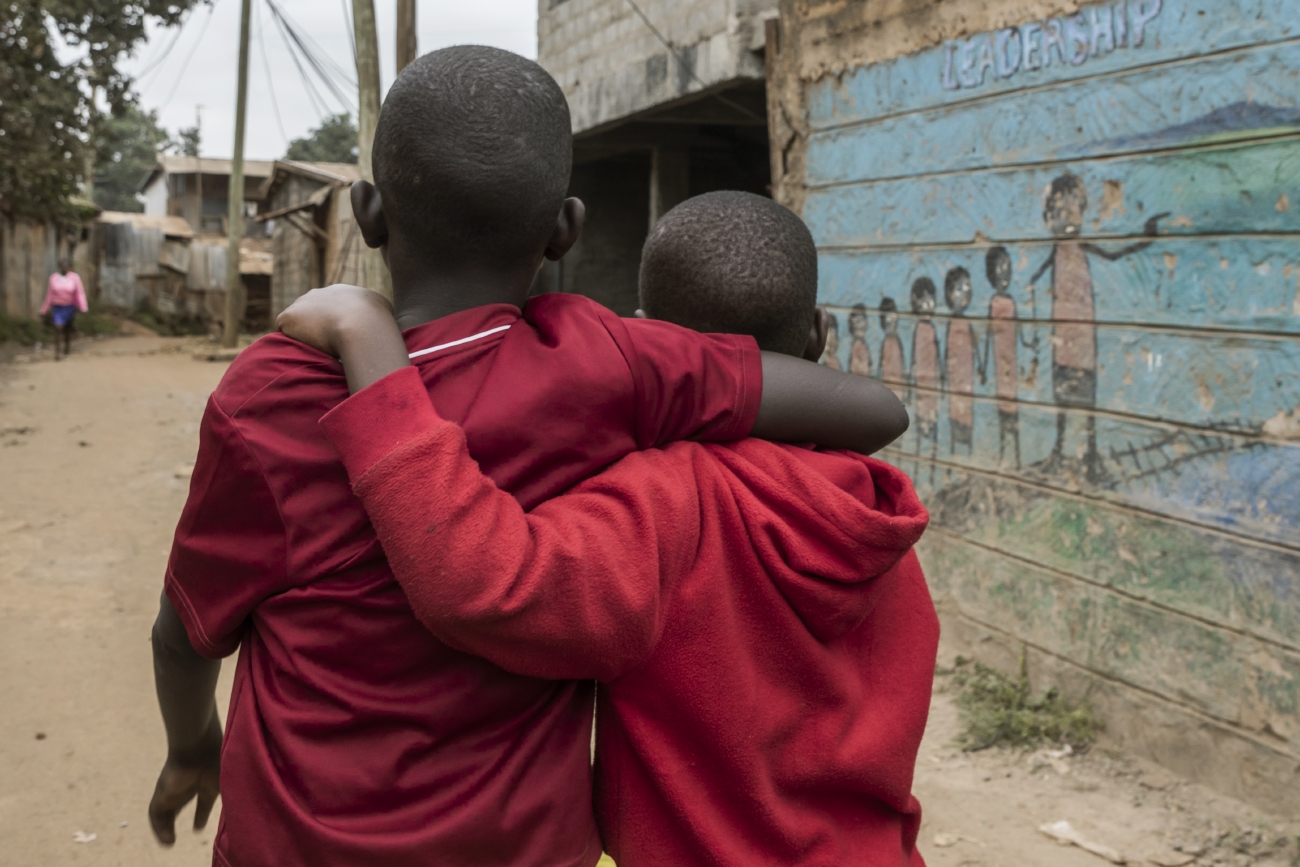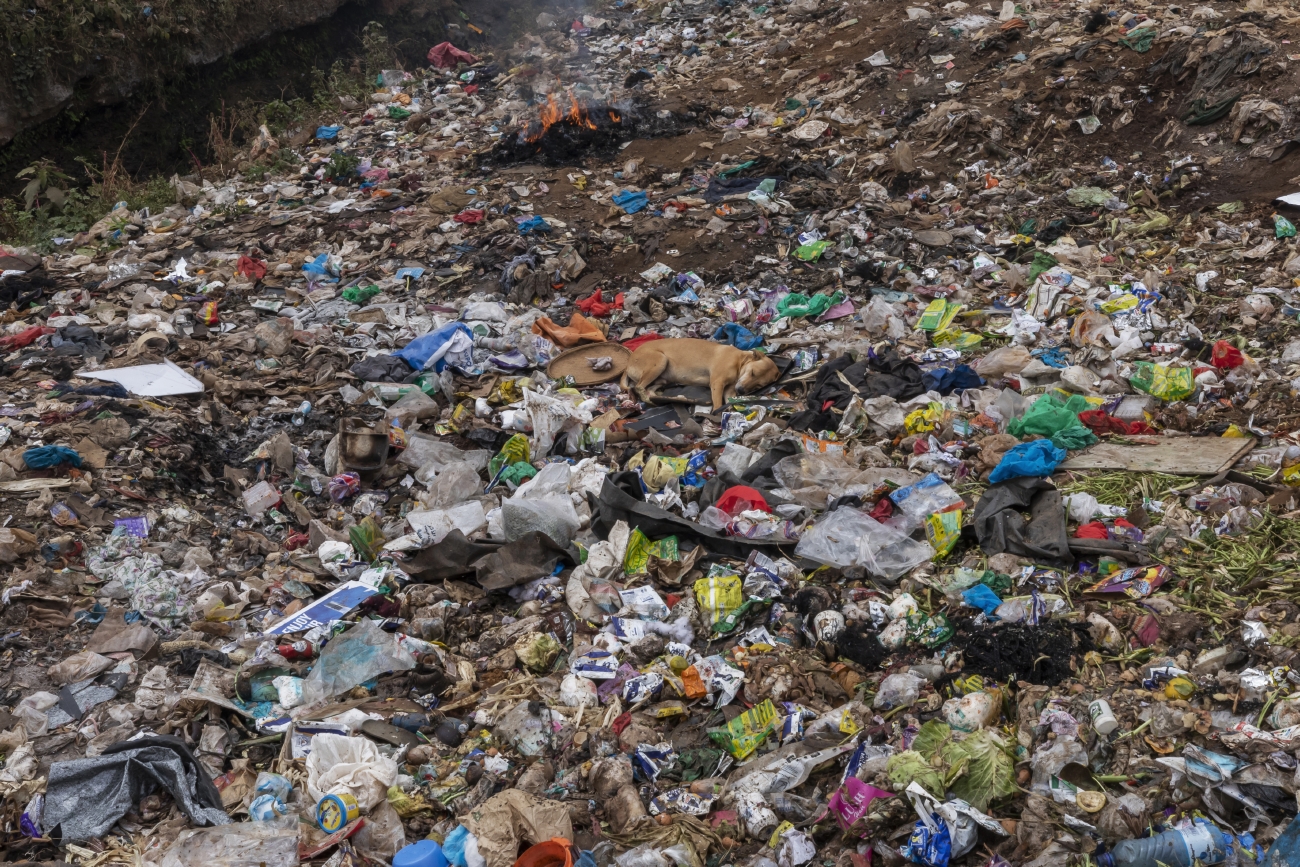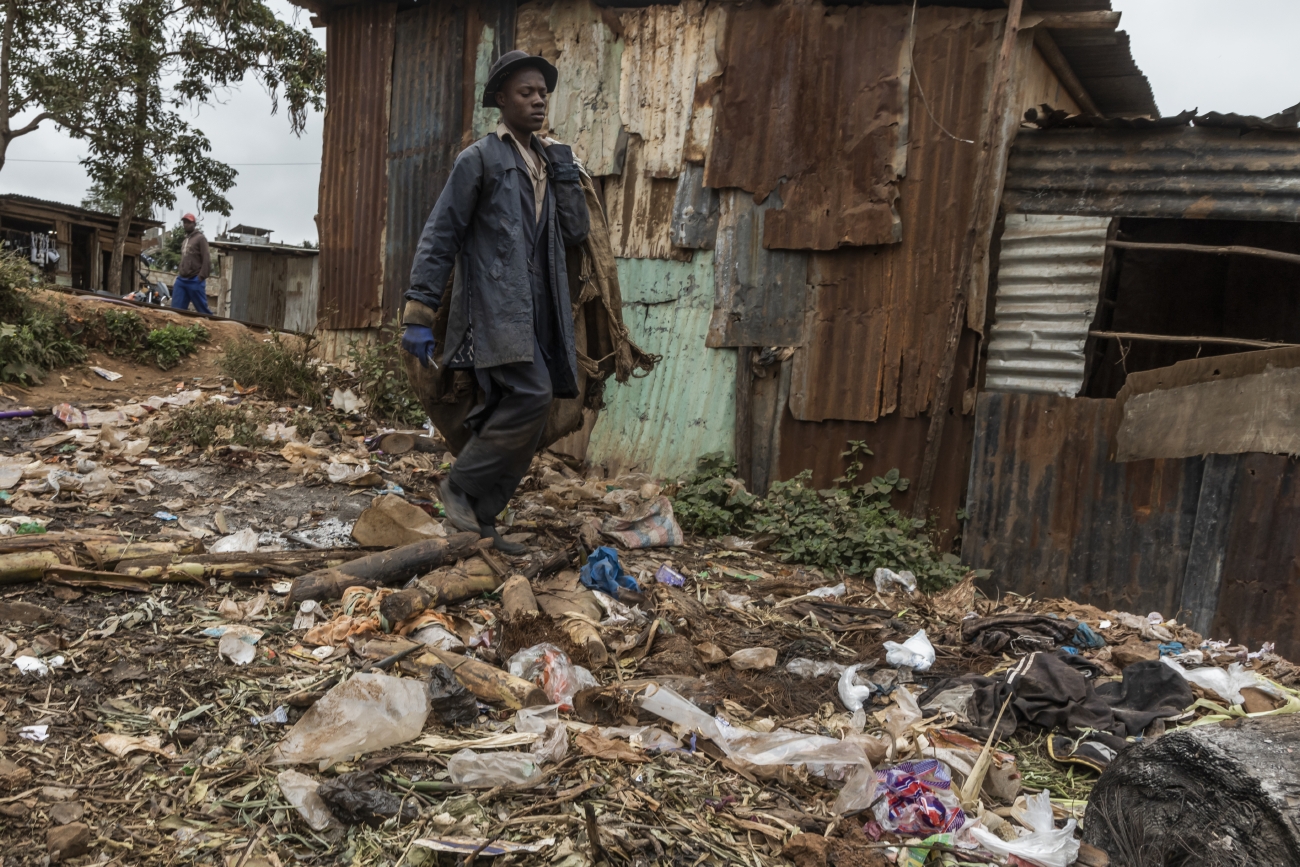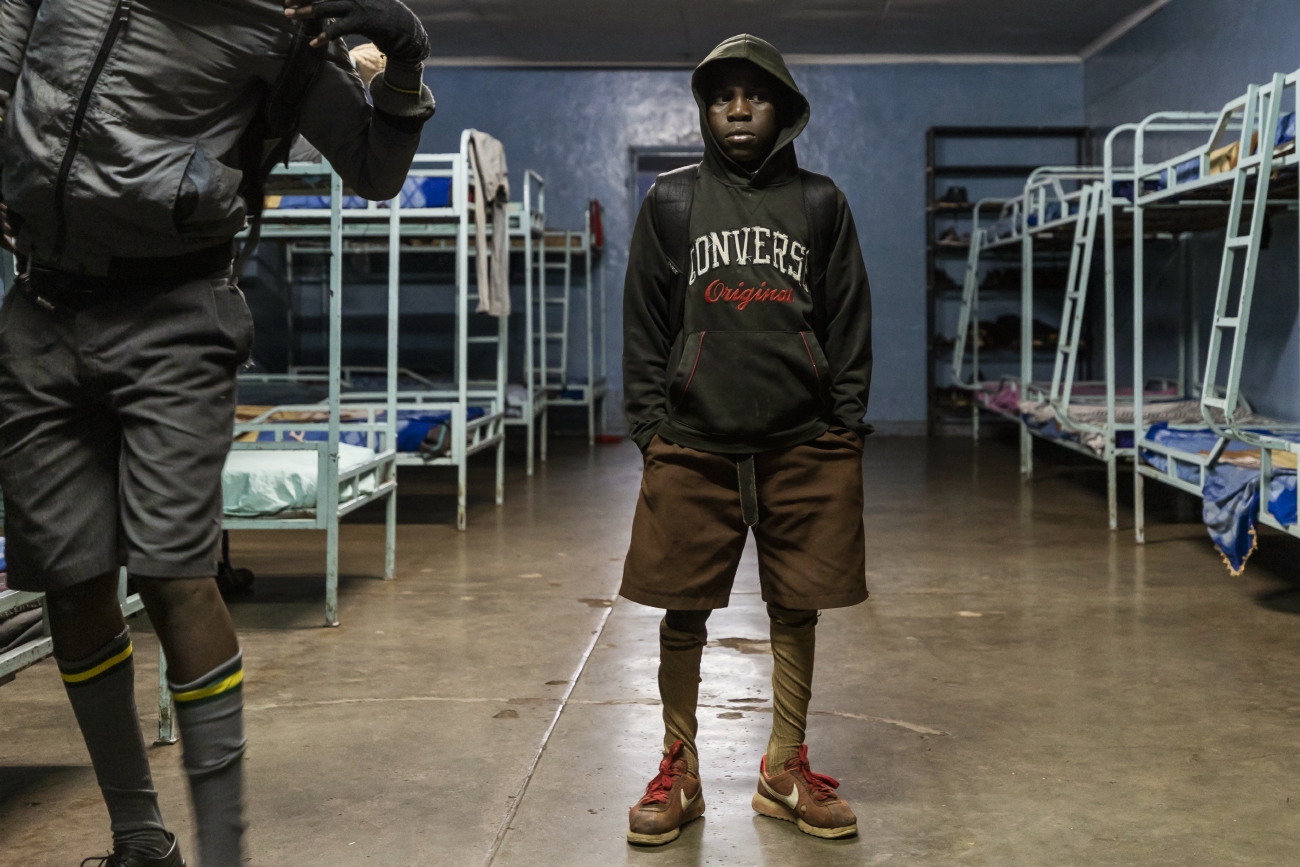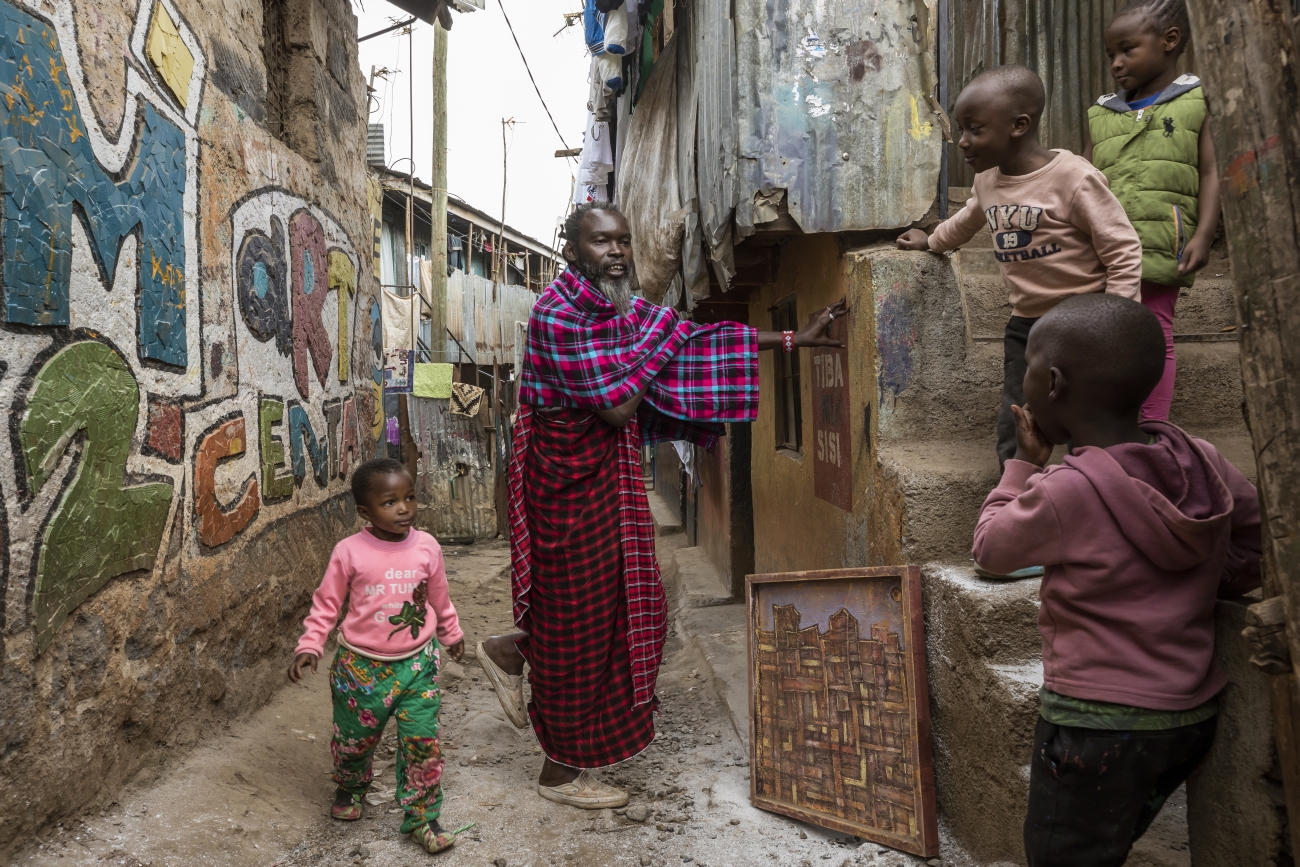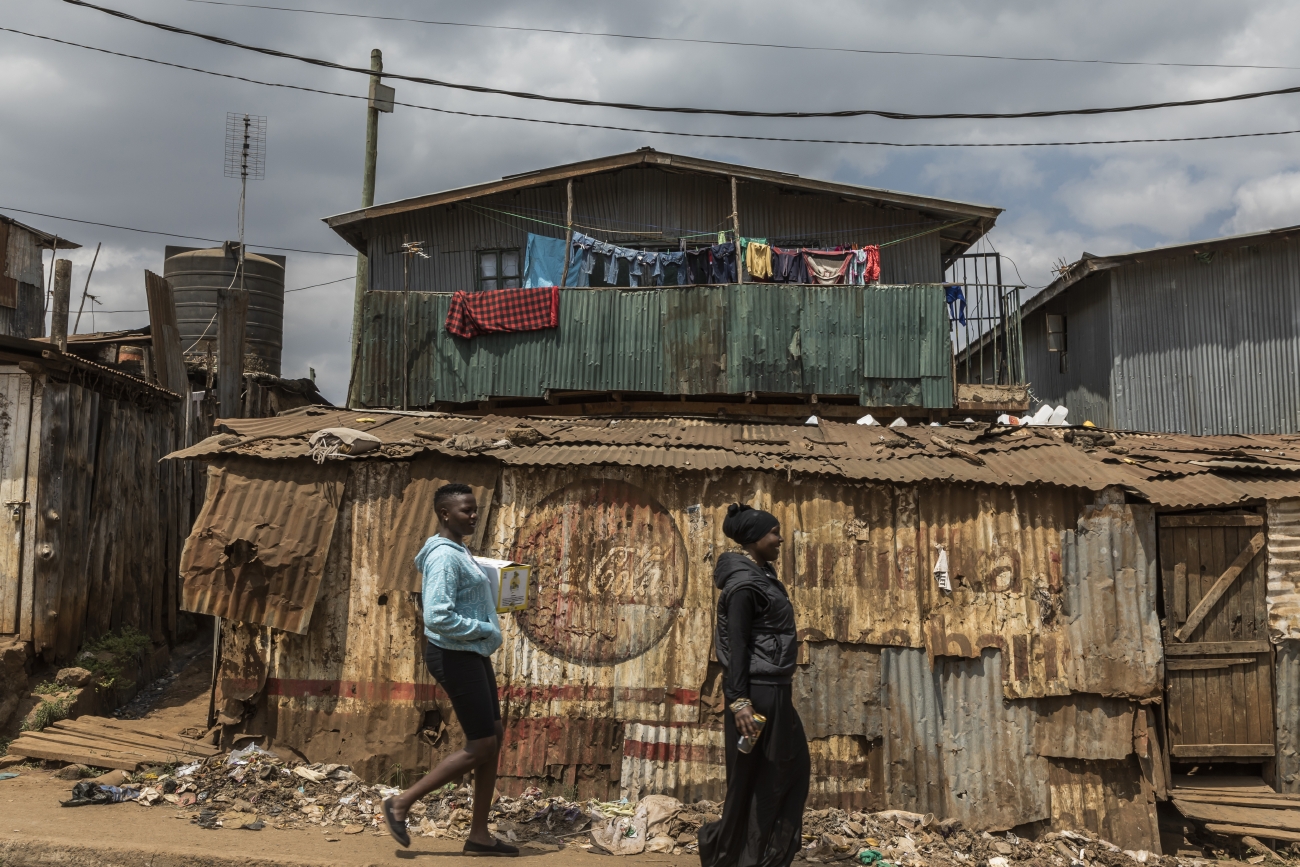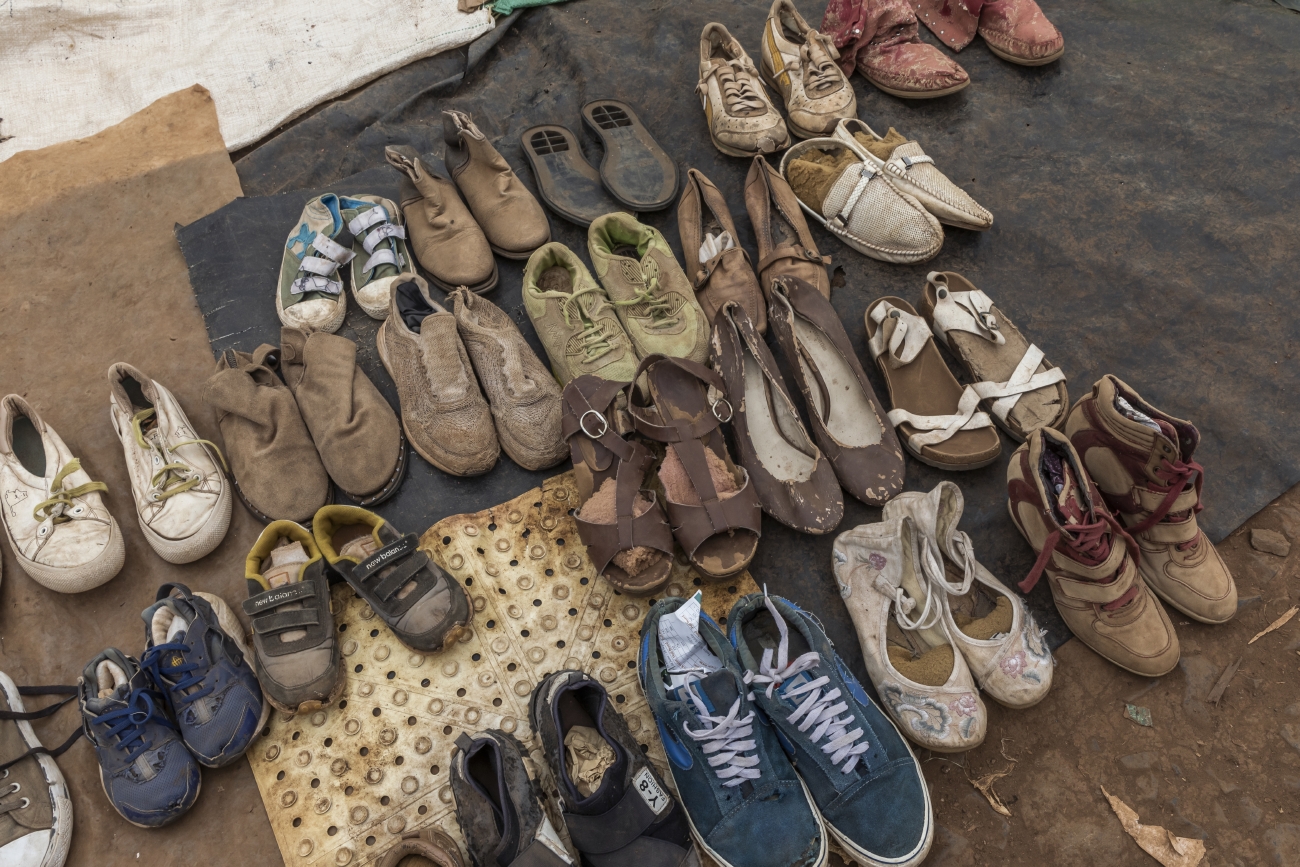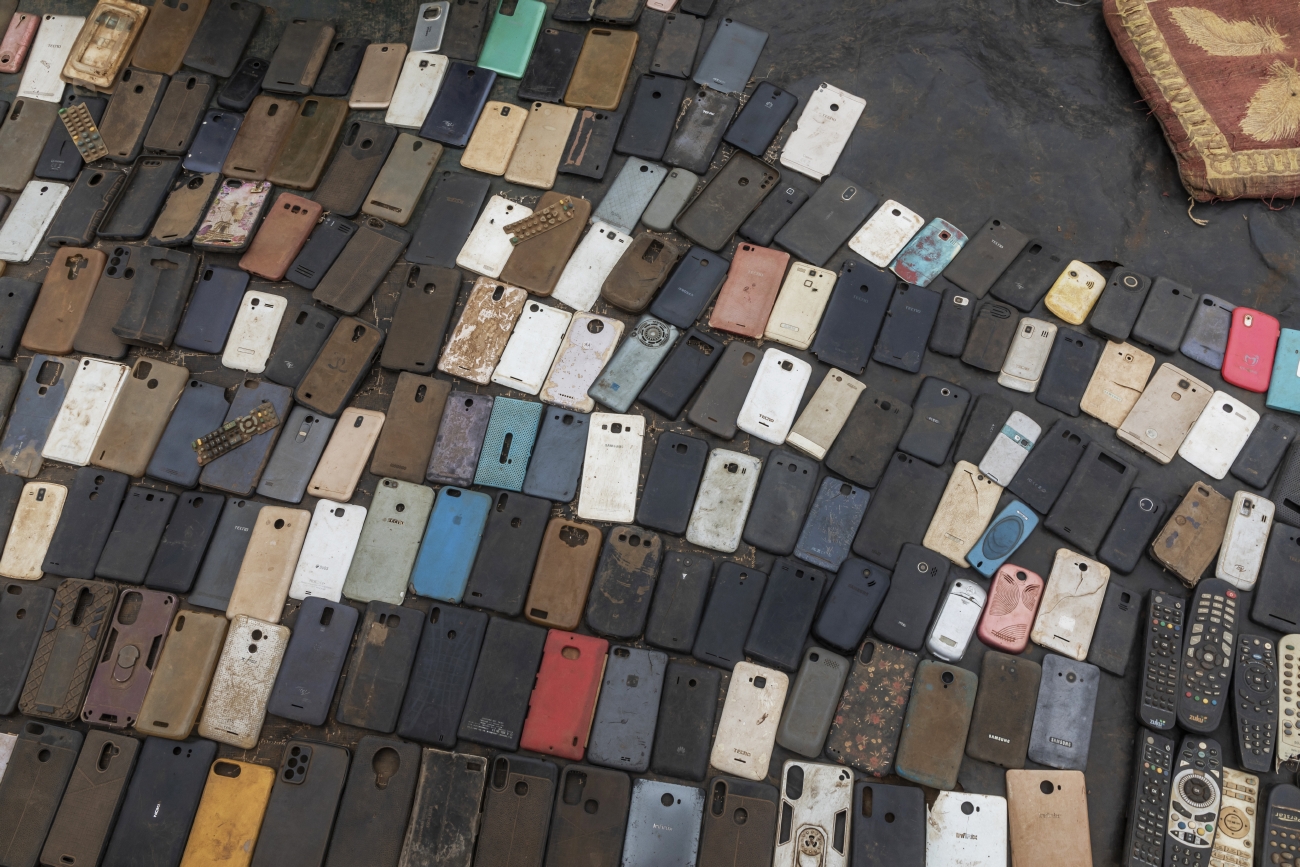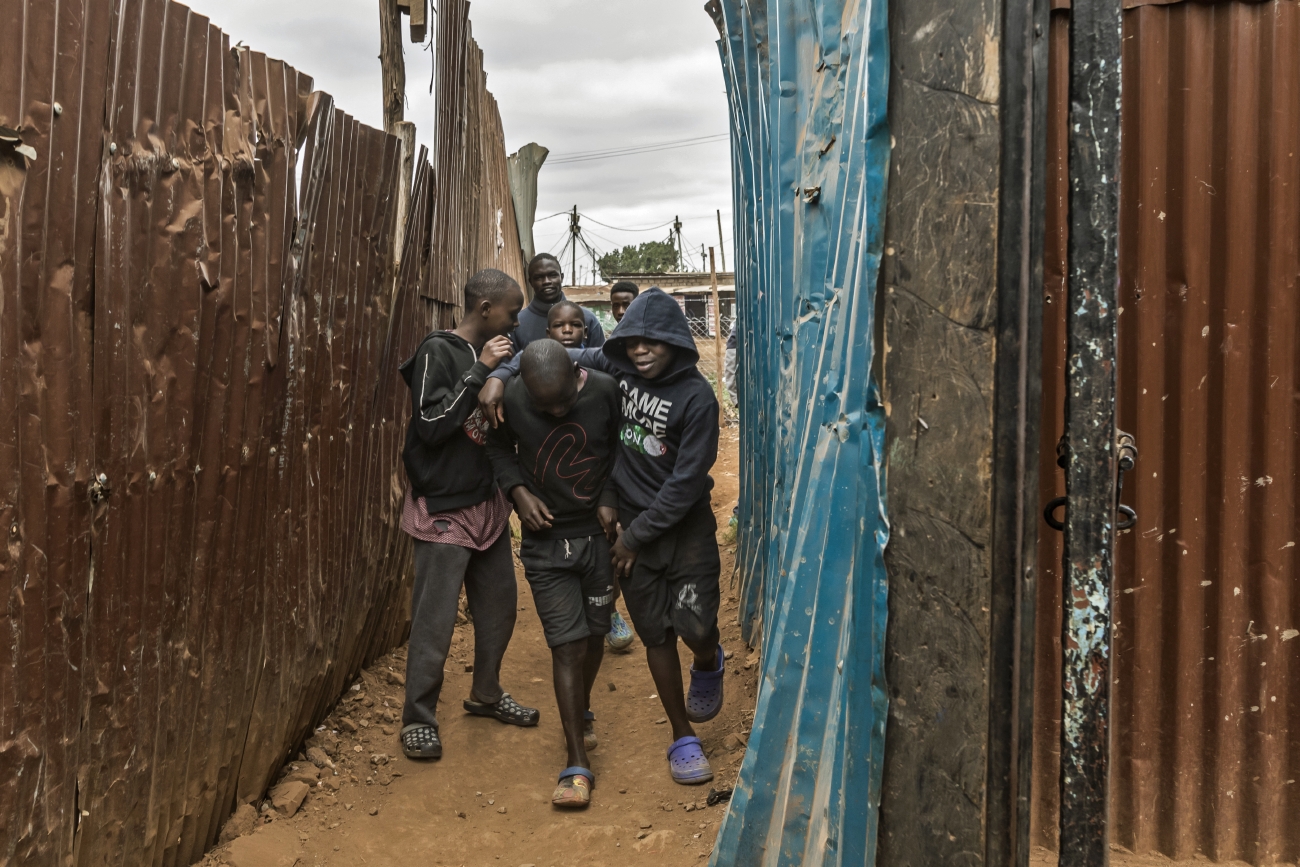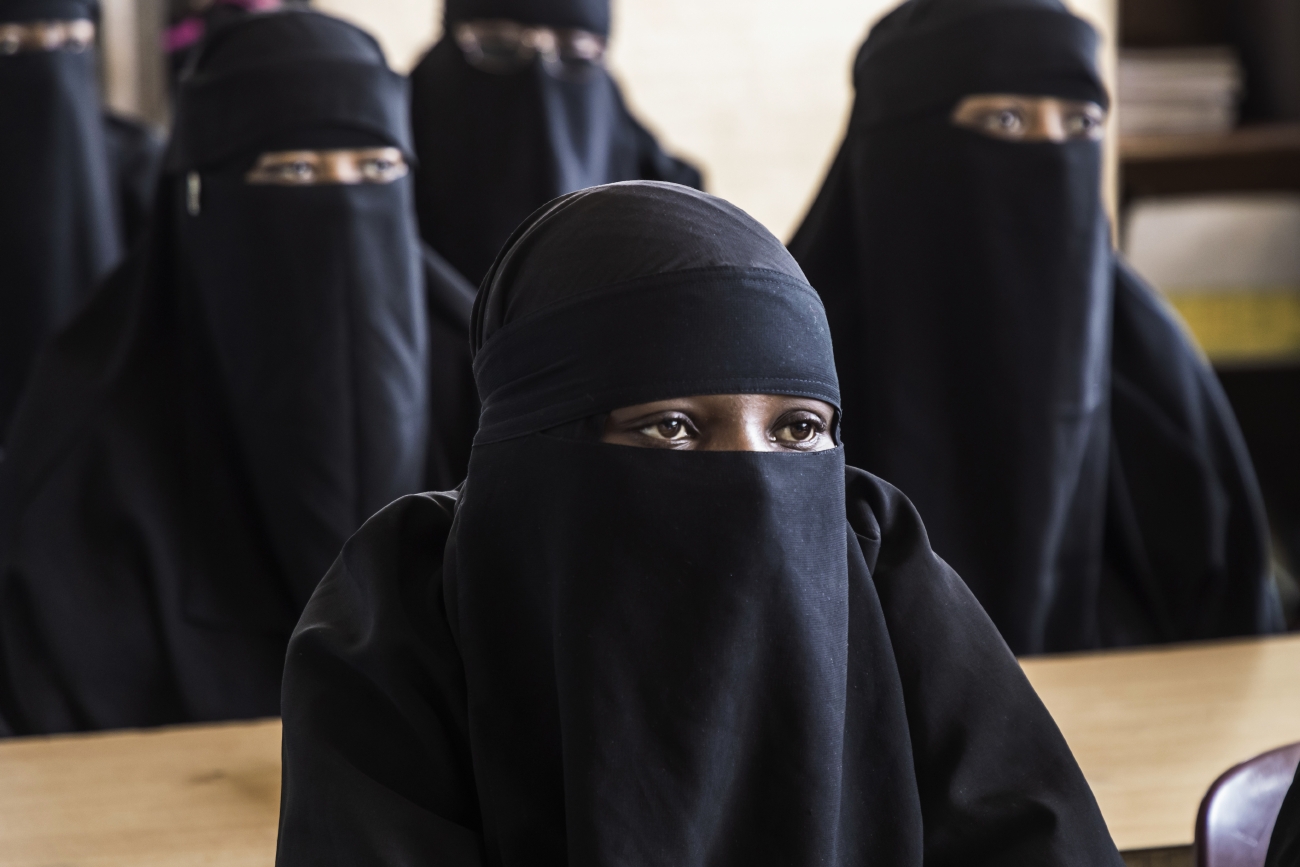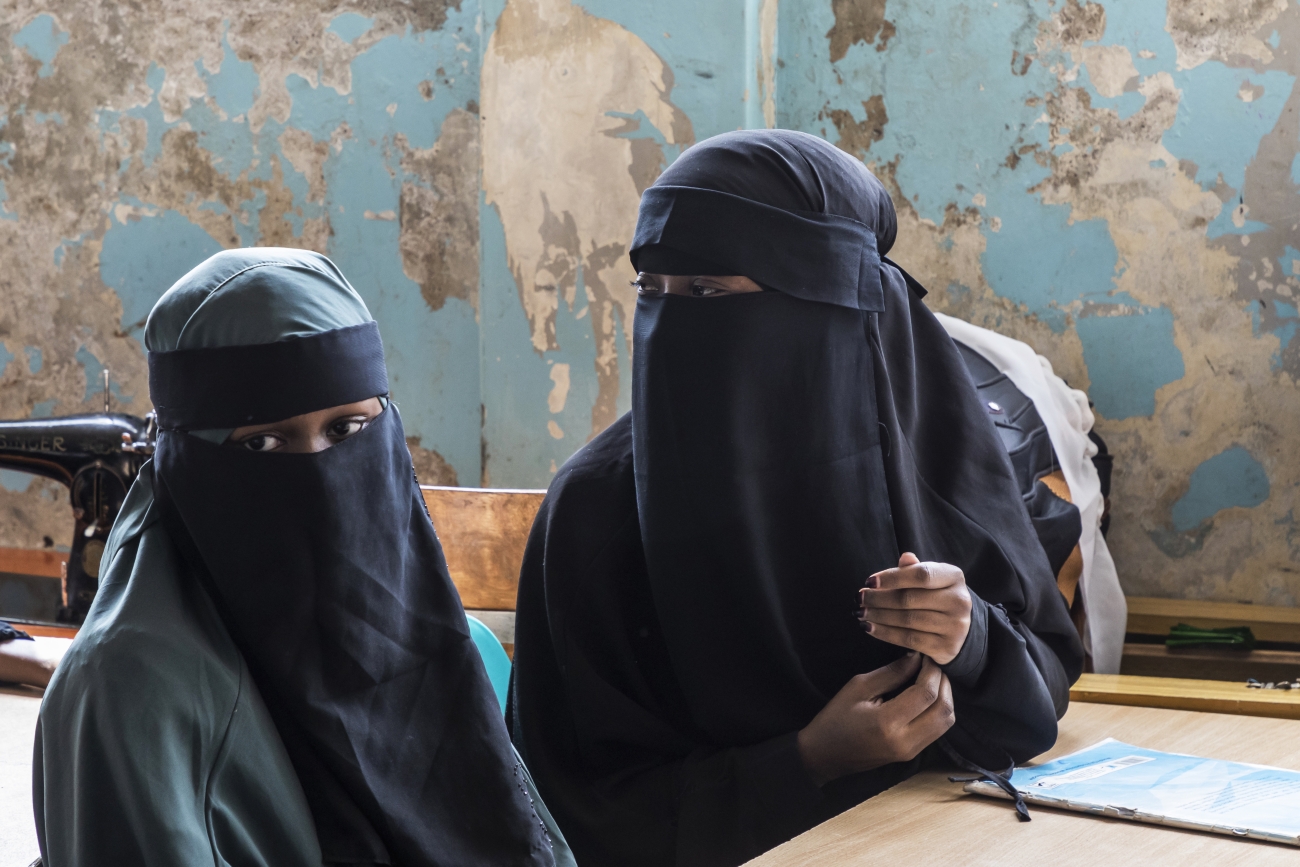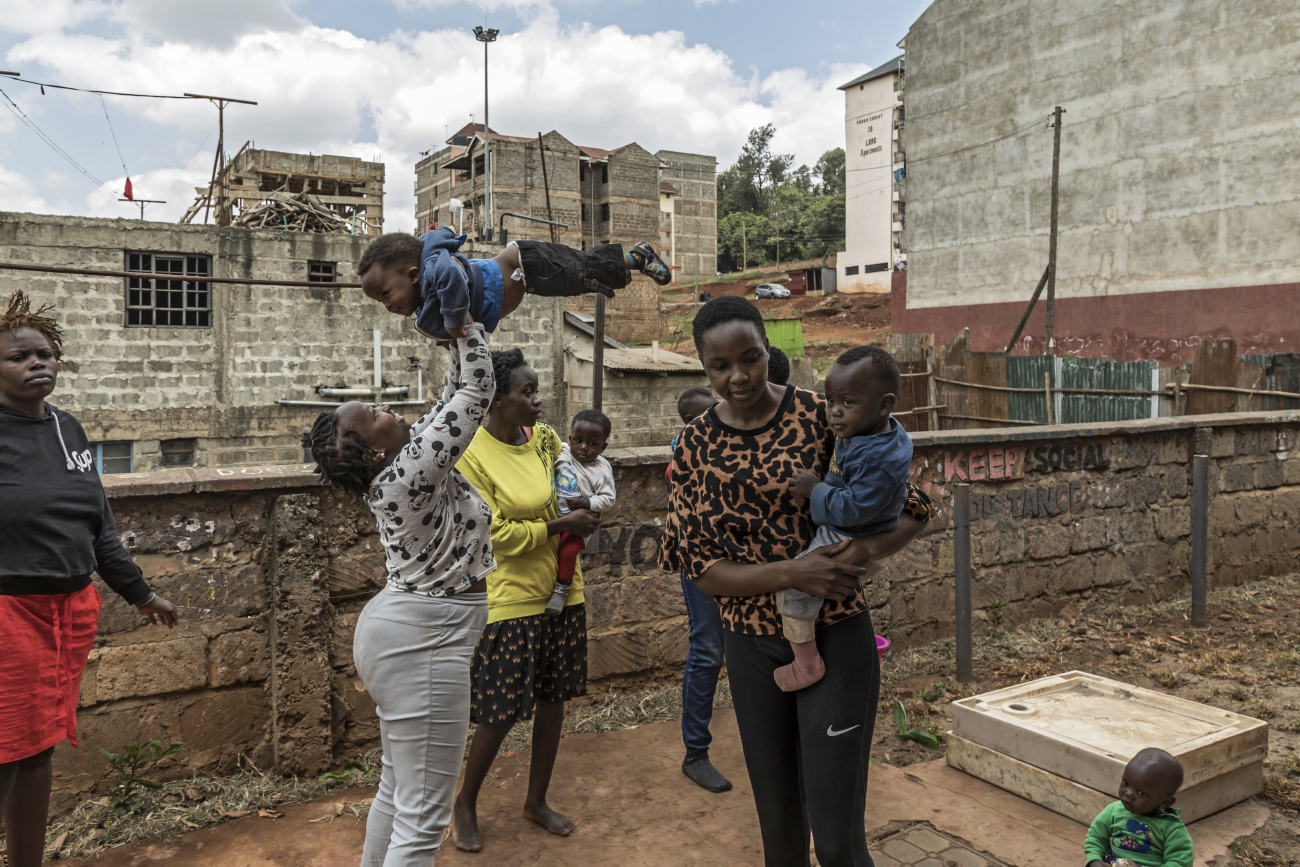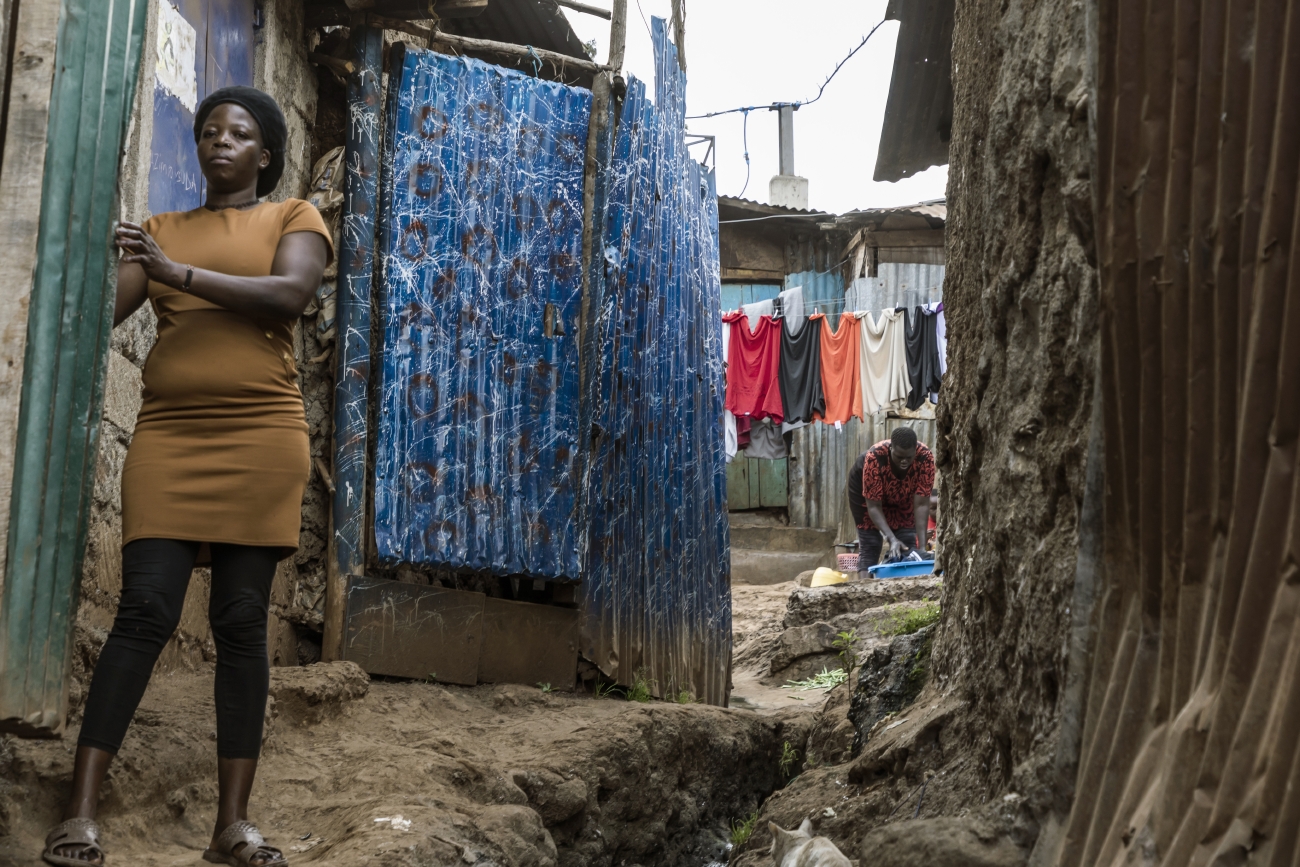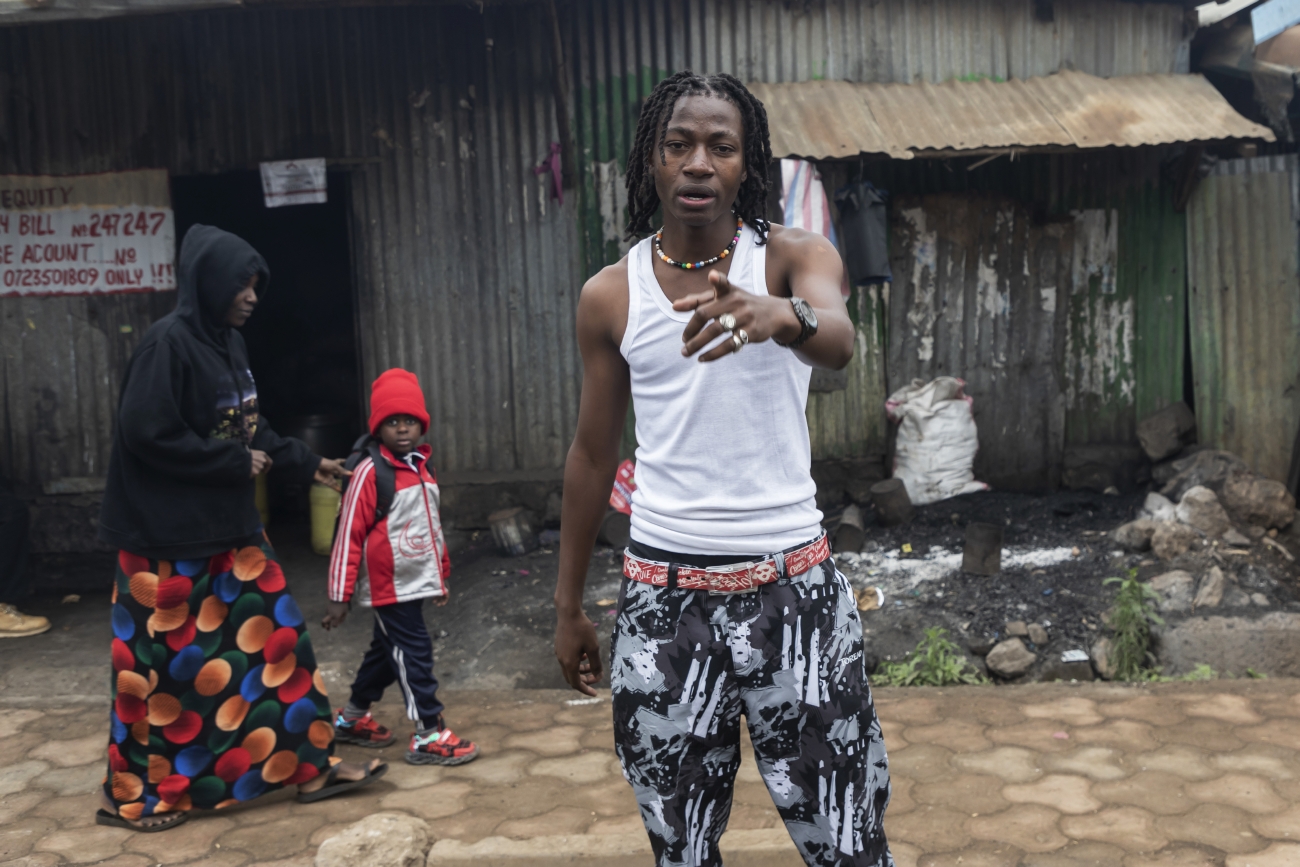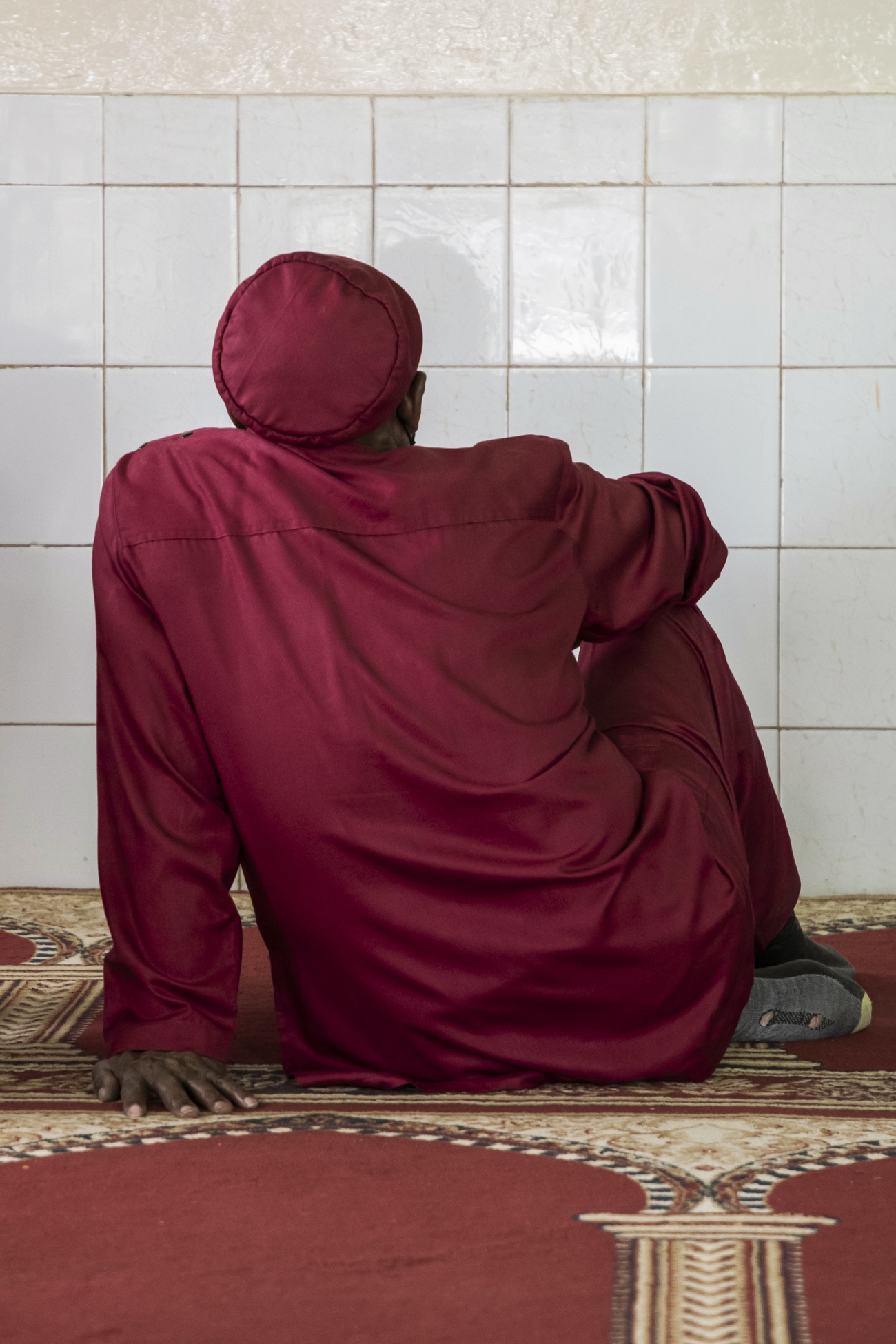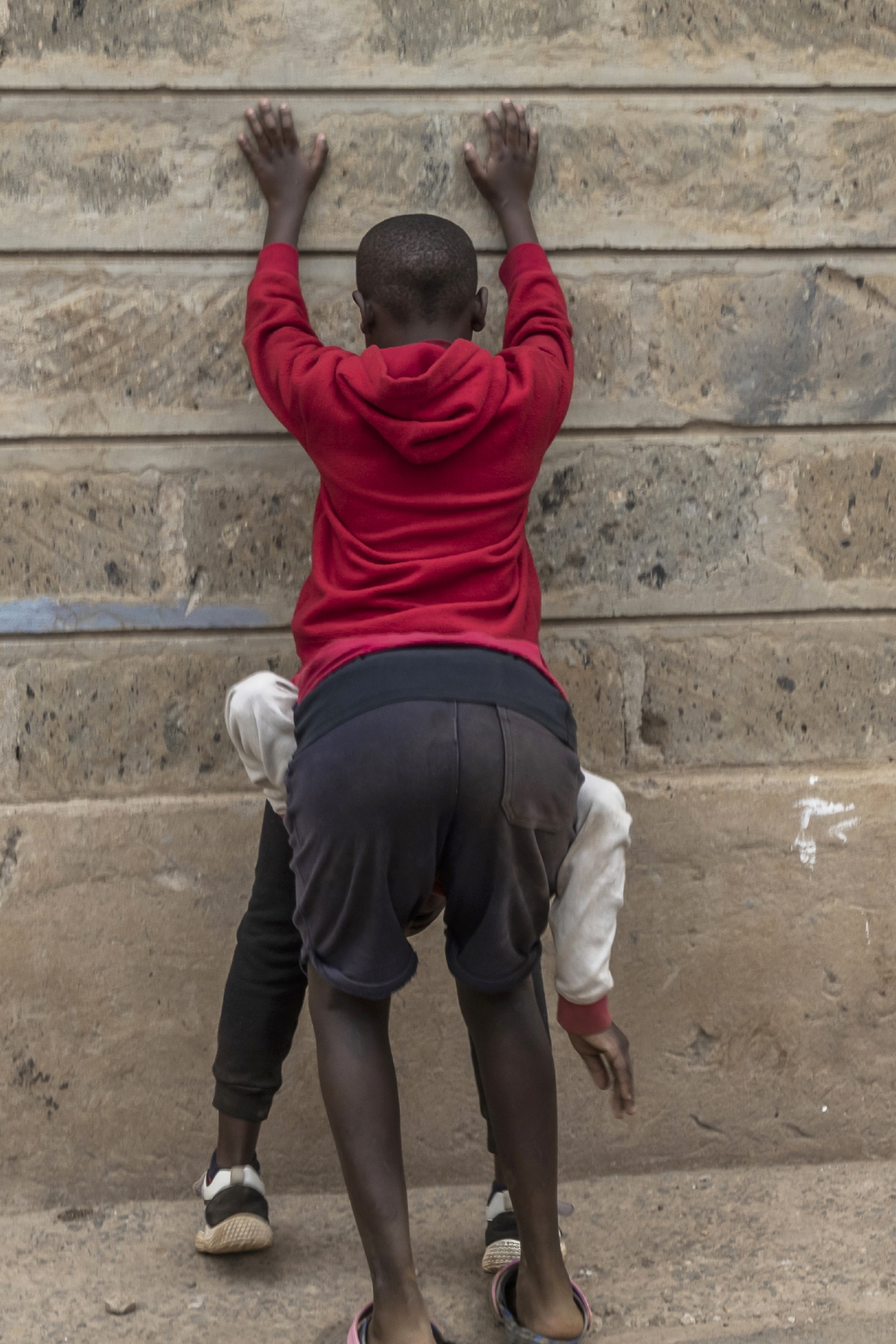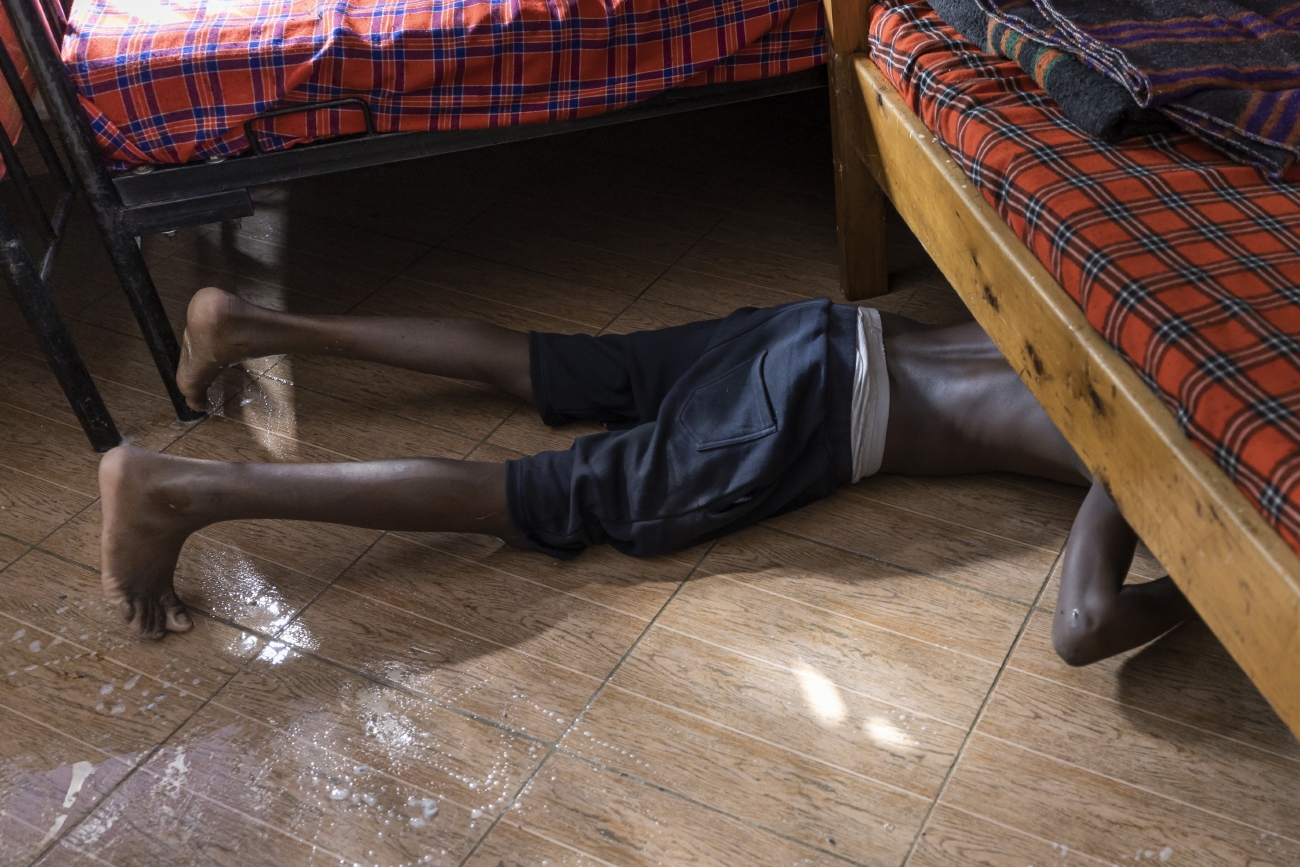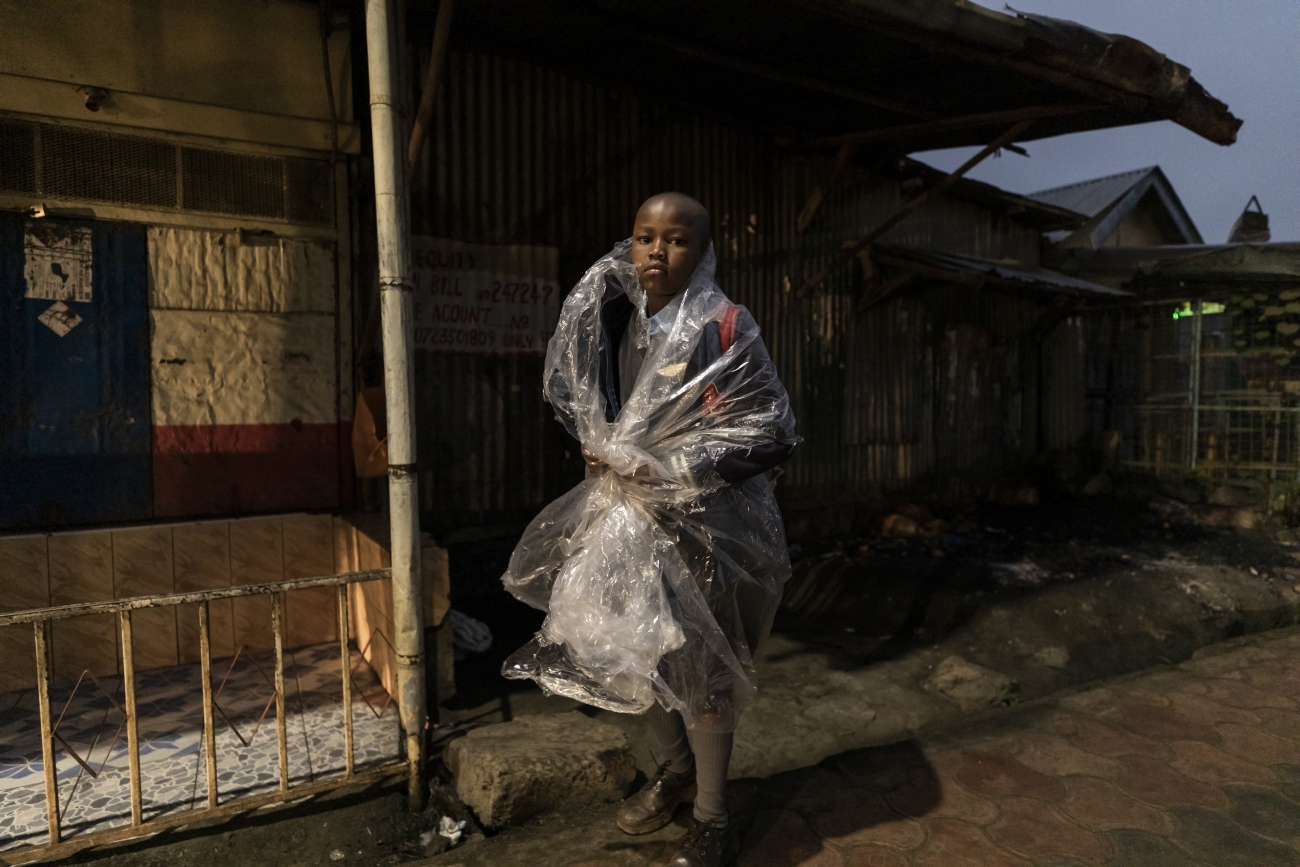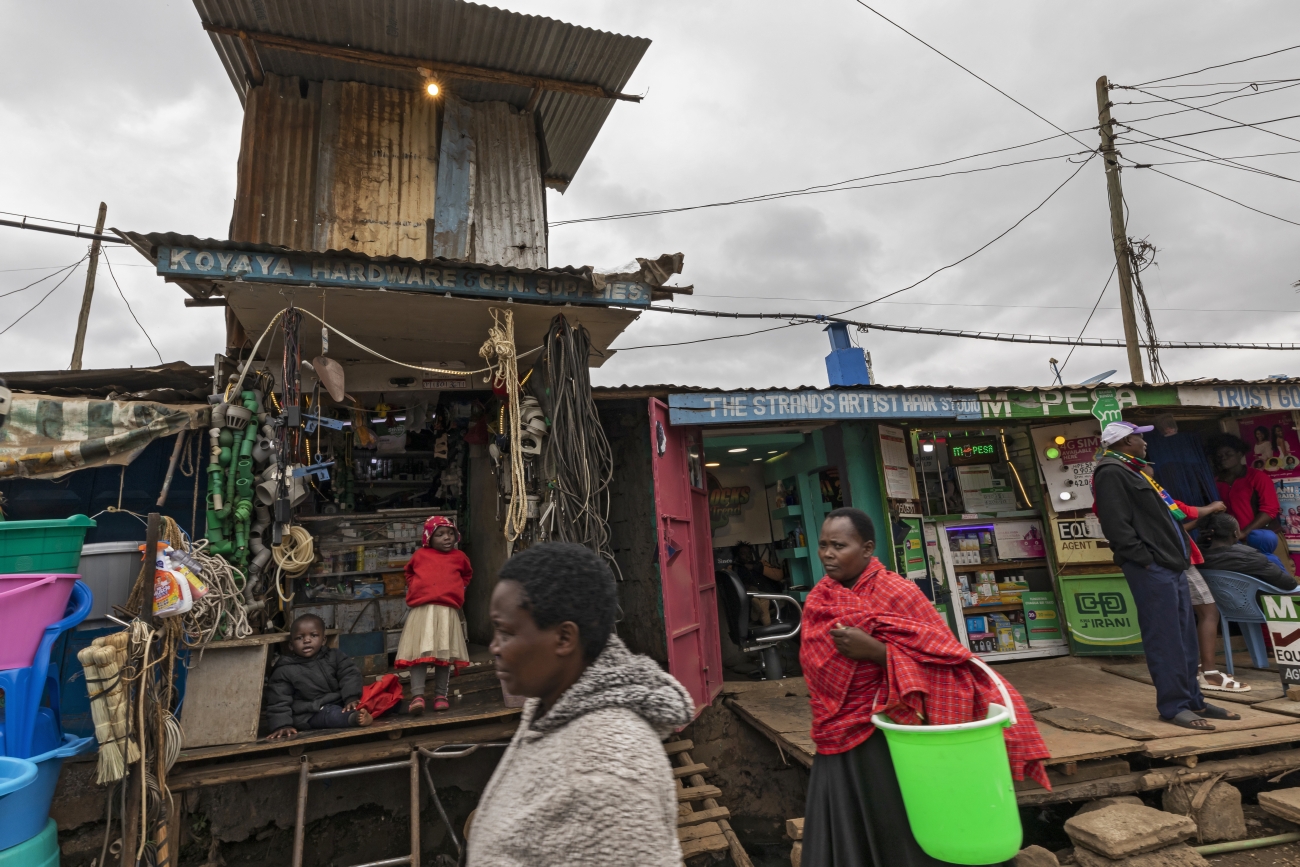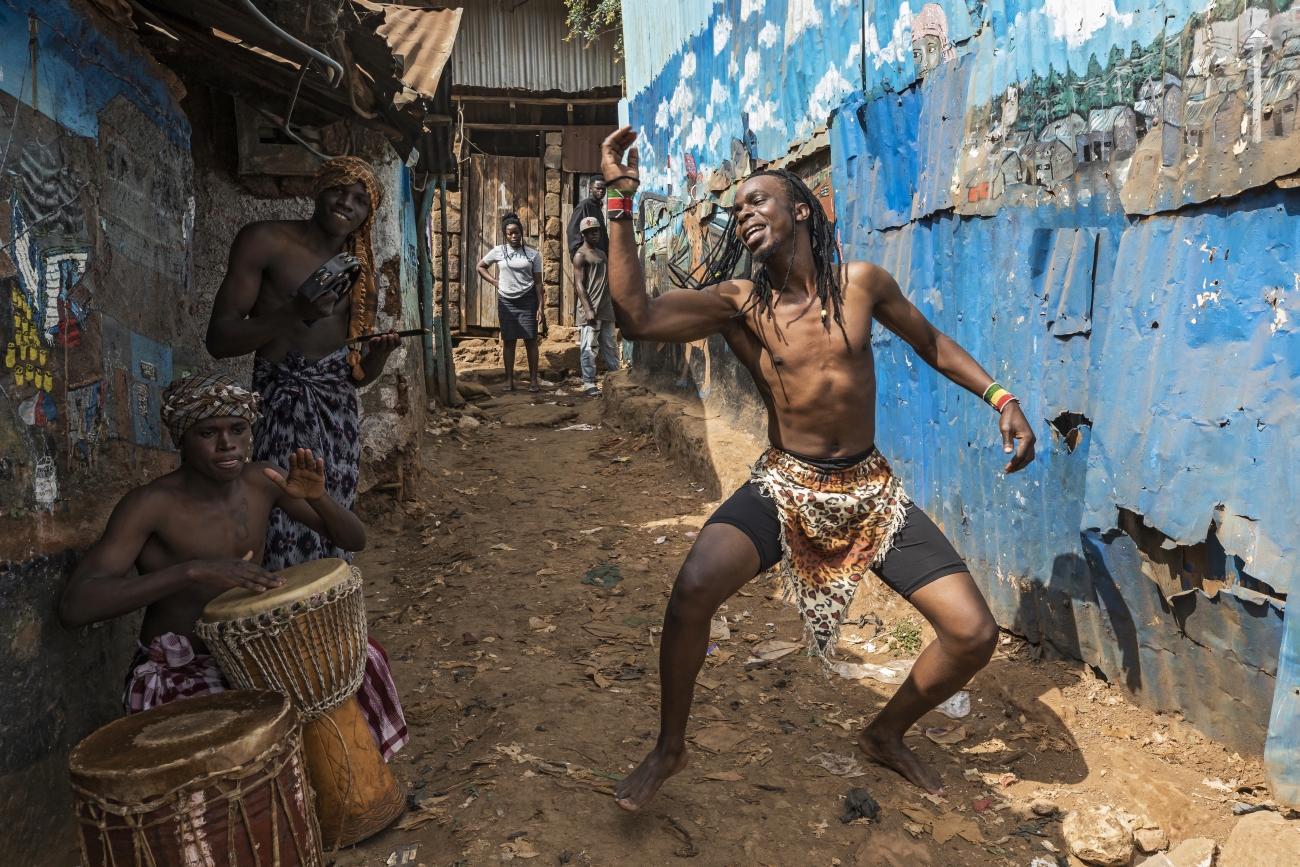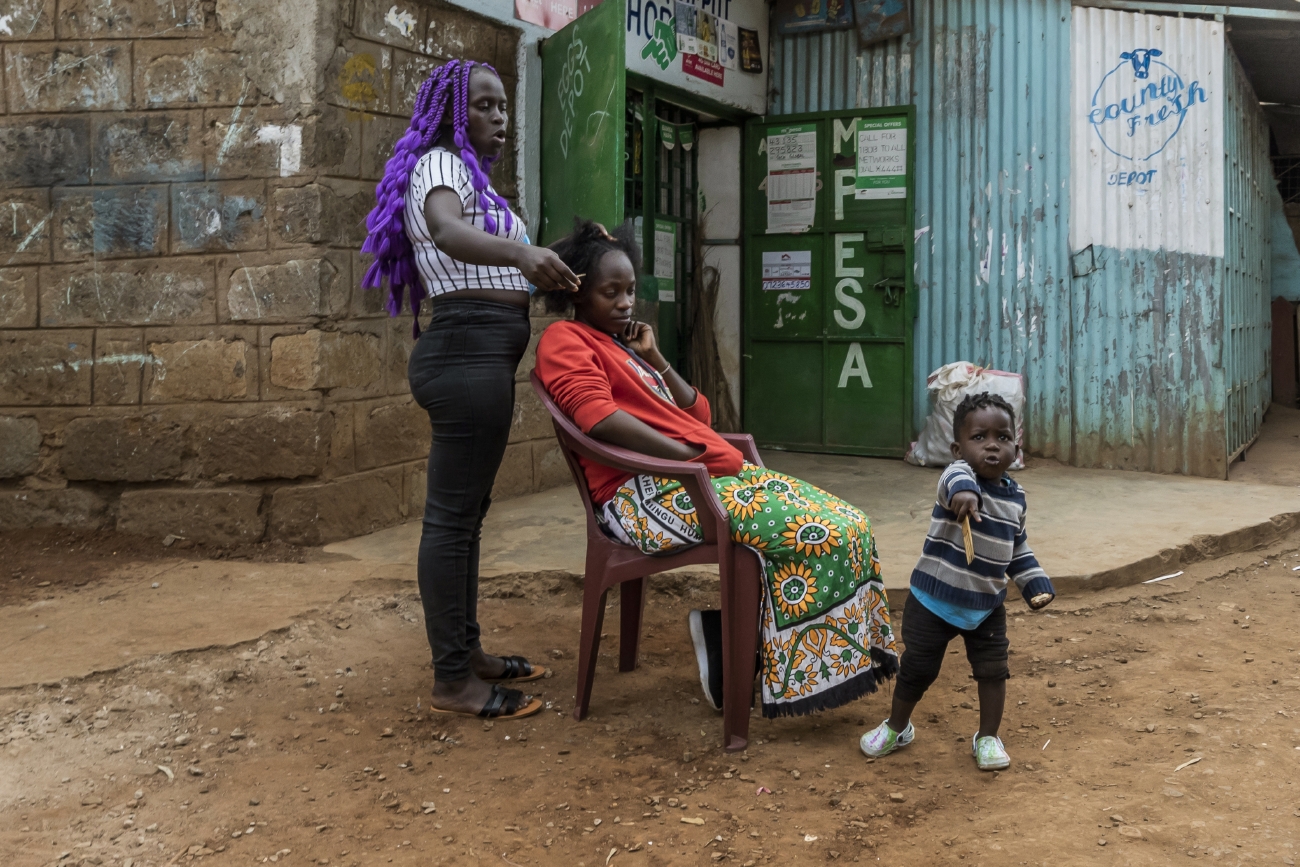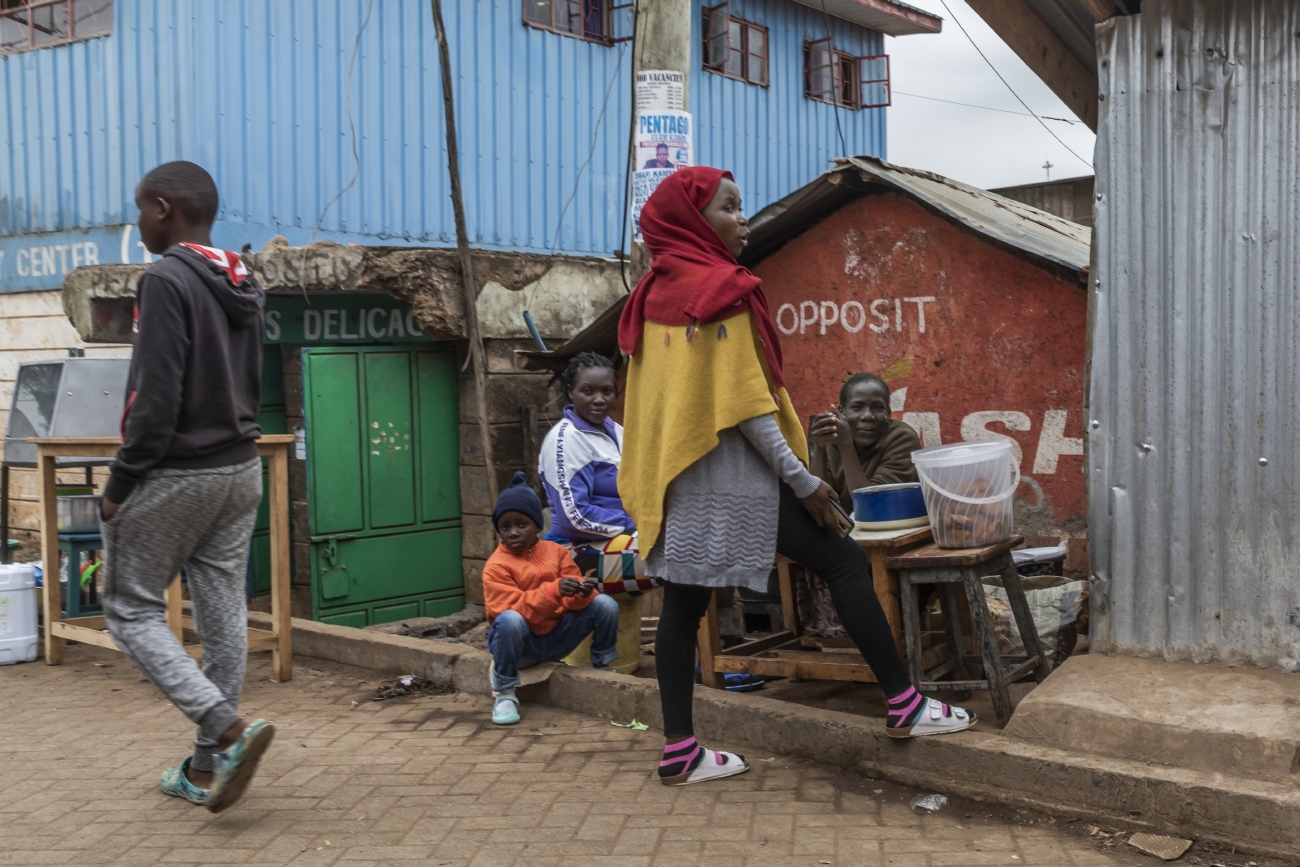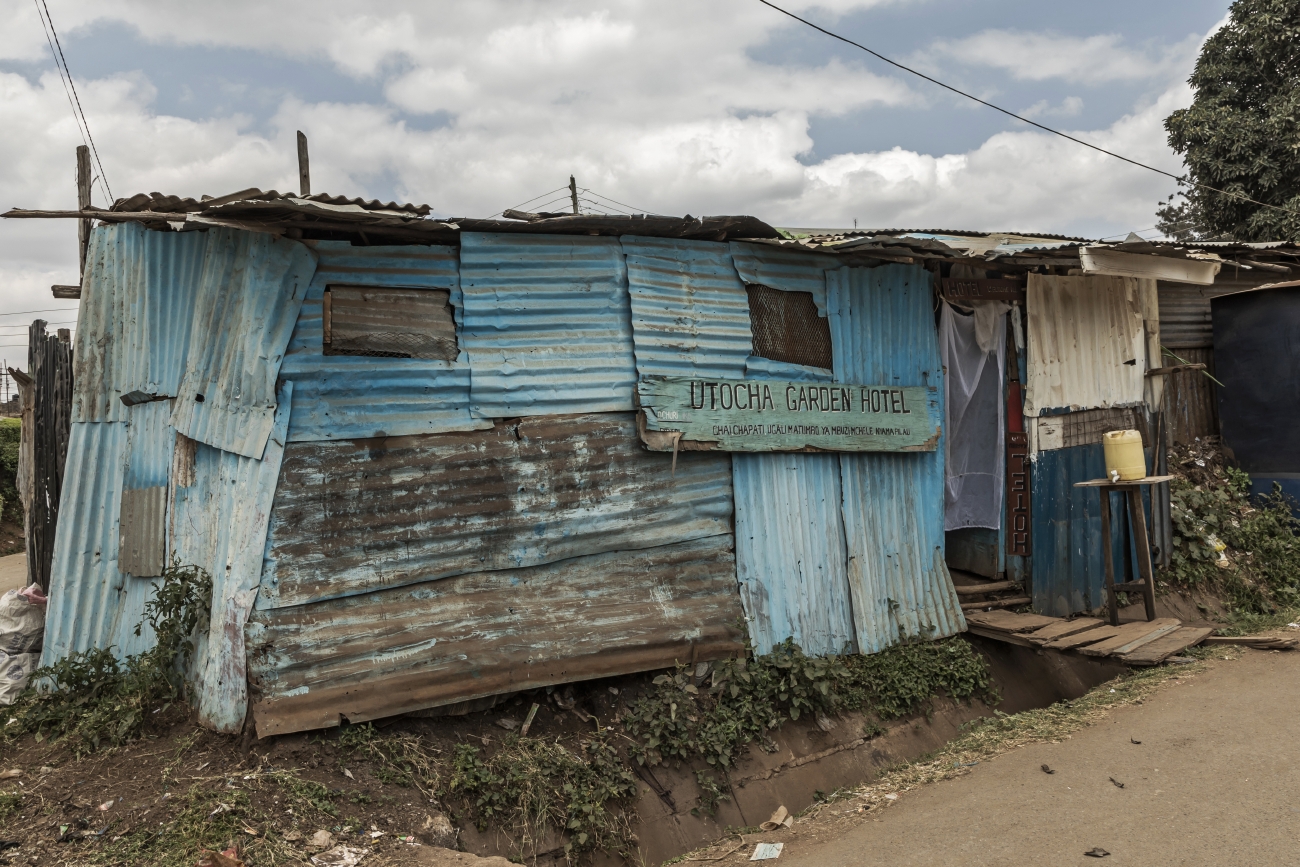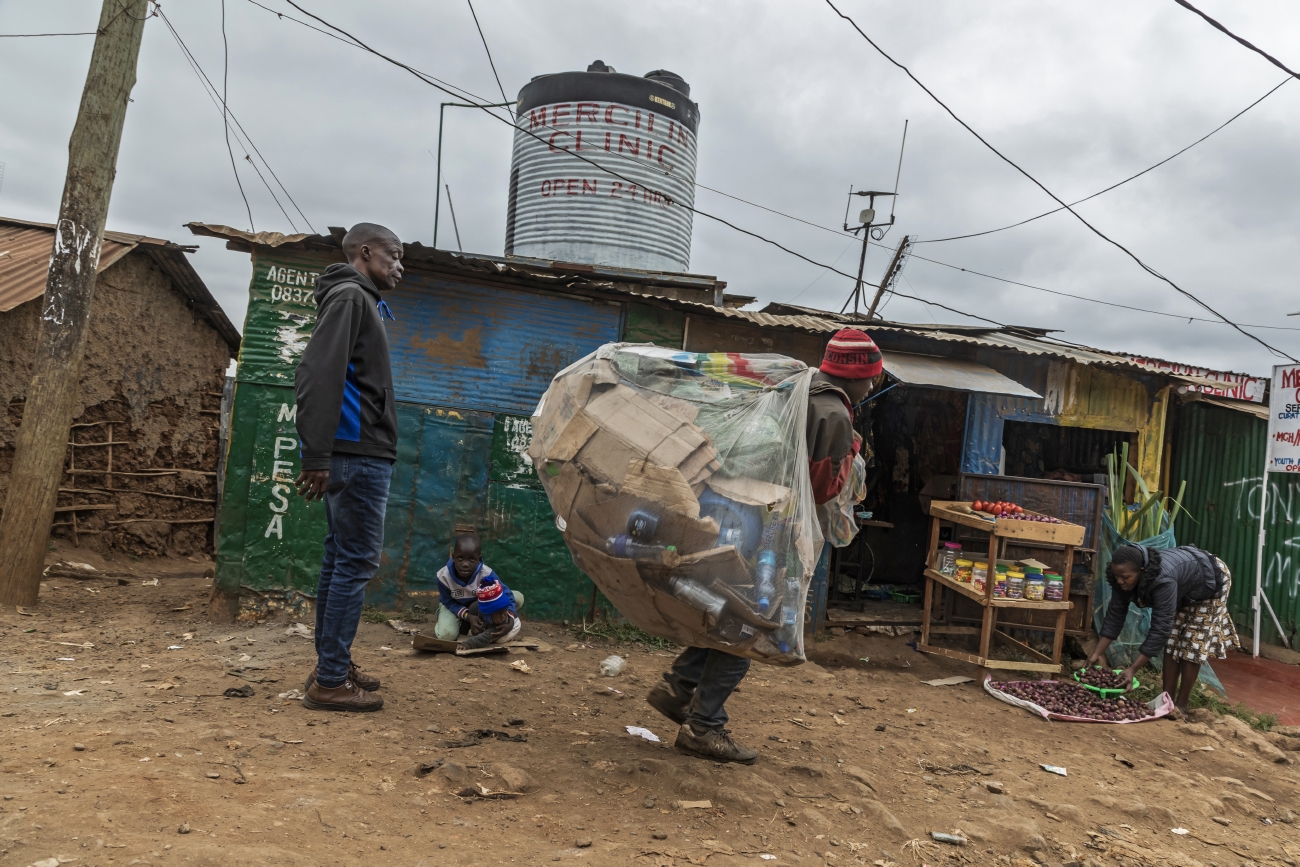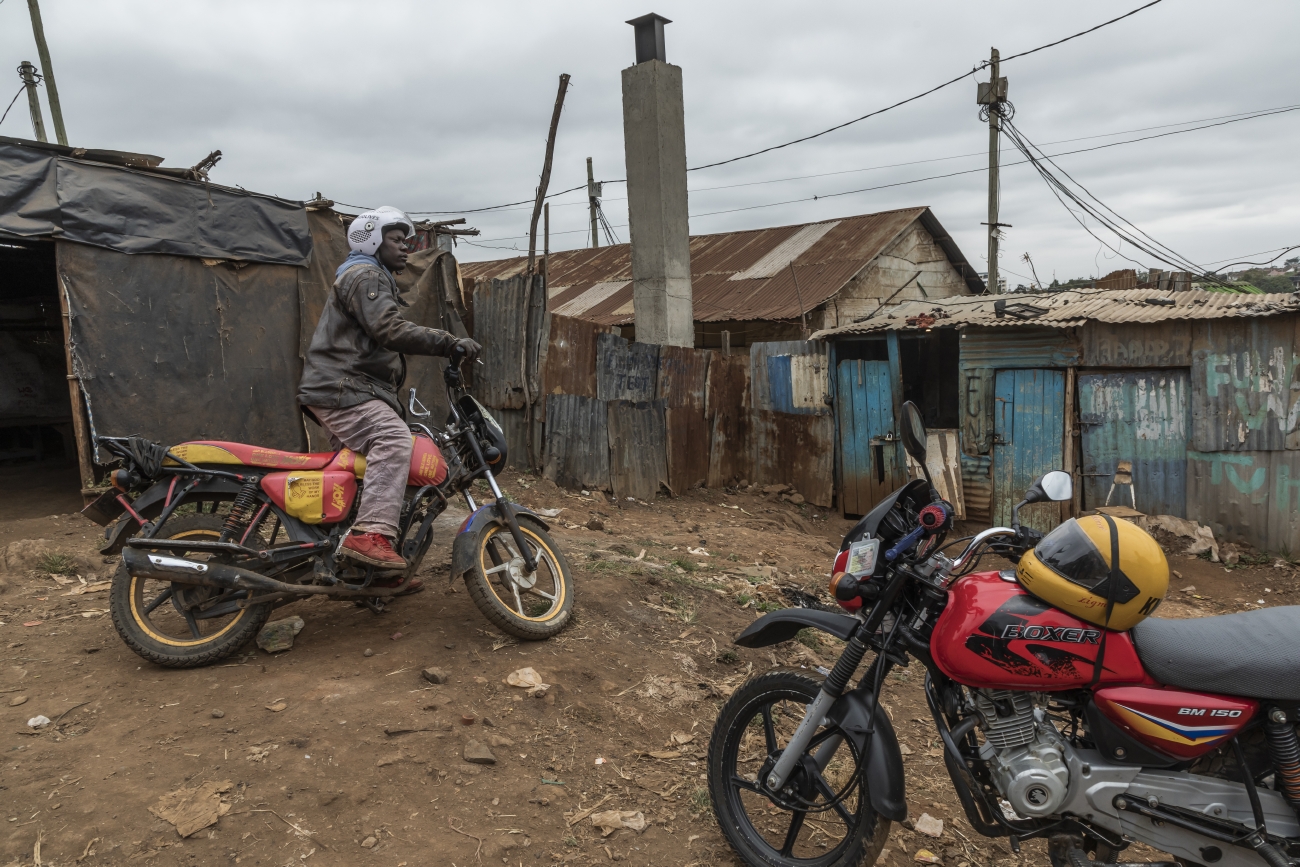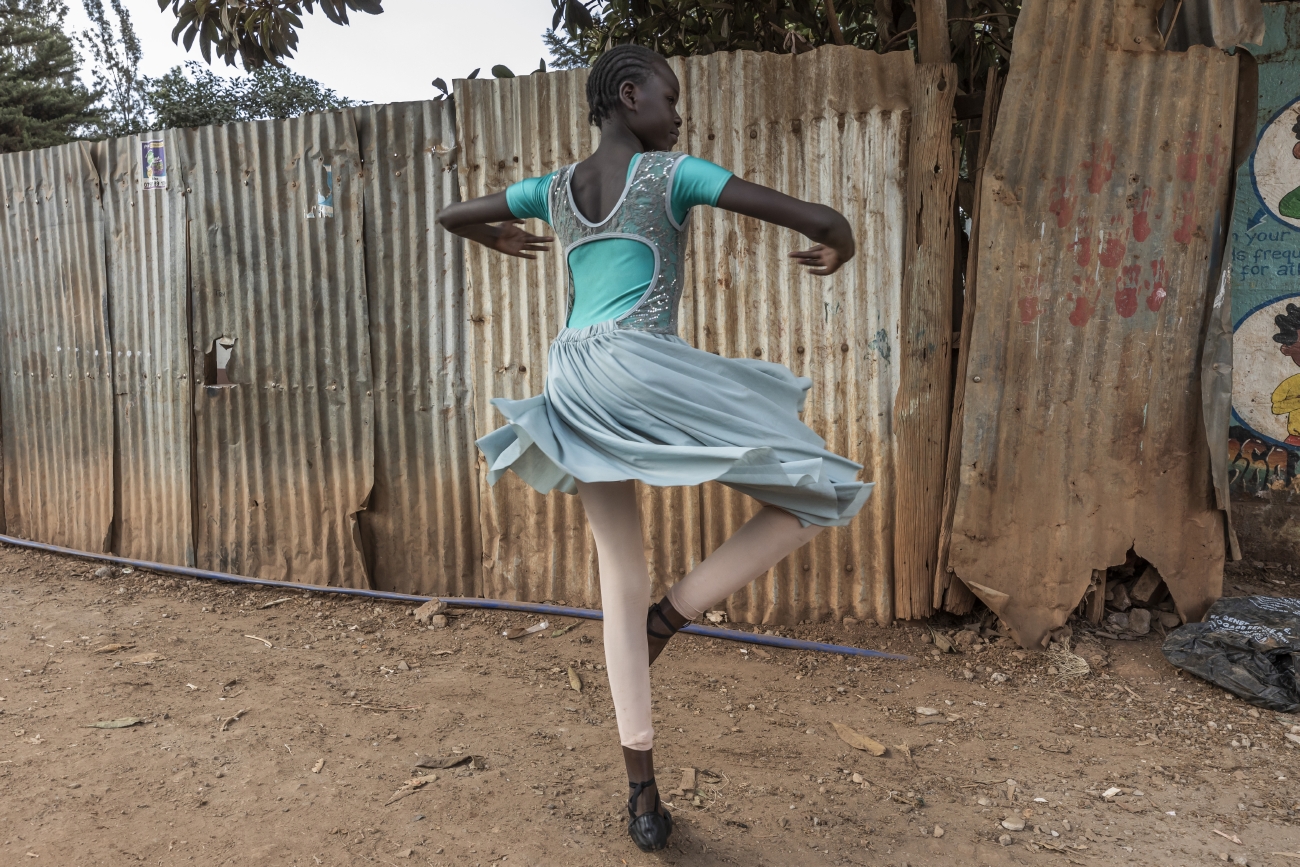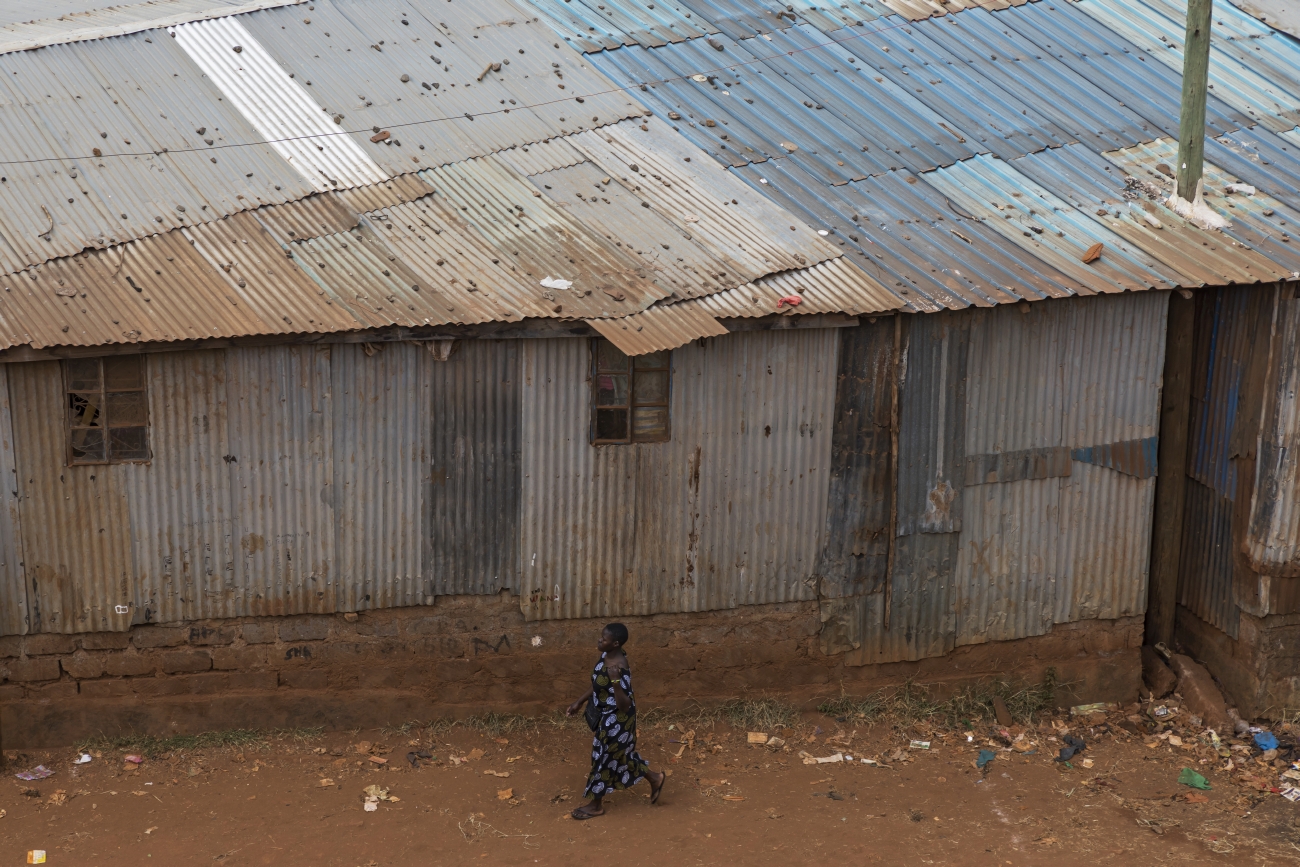What Future for Kibera?
Kibera is one of the largest and most historic slums in Africa. Inside the decay pulsates a world of artistic creativity ready to explode, but today, it faces the risk of gentrification due to the Kenyan government’s ‘redevelopment’ plans
Photo by Bruno Zanzottera
That isn’t the whole story, however: Kibera is also home to many projects and an astonishing variety of initiatives which, on the one hand, respond to the need to invent a means of survival while, on the other, they are an expression of extraordinary creativity. Inside Kibera there is a whole world of artists, musicians, dancers, acrobats and performers who, through their art, try to make the slum more beautiful and livable.
Not only that, they often involve children and young people in activities with educational implications. Today, the inhabitants of Kibera are beginning to feel part of a community of solidarity, but all this is in danger of disappearing because of President William Ruto’s intention to transform the slum, which occupies an area particularly attractive for property speculation, into a modern residential area by the end of his term of office. “Within a decade,” said Ruto, “Kibera will undergo a remarkable transformation and we are committed to eradicating all slums in the country.” The hope is that this will not be another gentrification operation, which has already taken place in many metropolises around the world, where, with the excuse of fighting decay, real cities inhabited by poor people are destroyed by relocating them to increasingly peripheral areas, dismembering their social fabric, to make residential districts for new wealthy inhabitants.
(2024)
